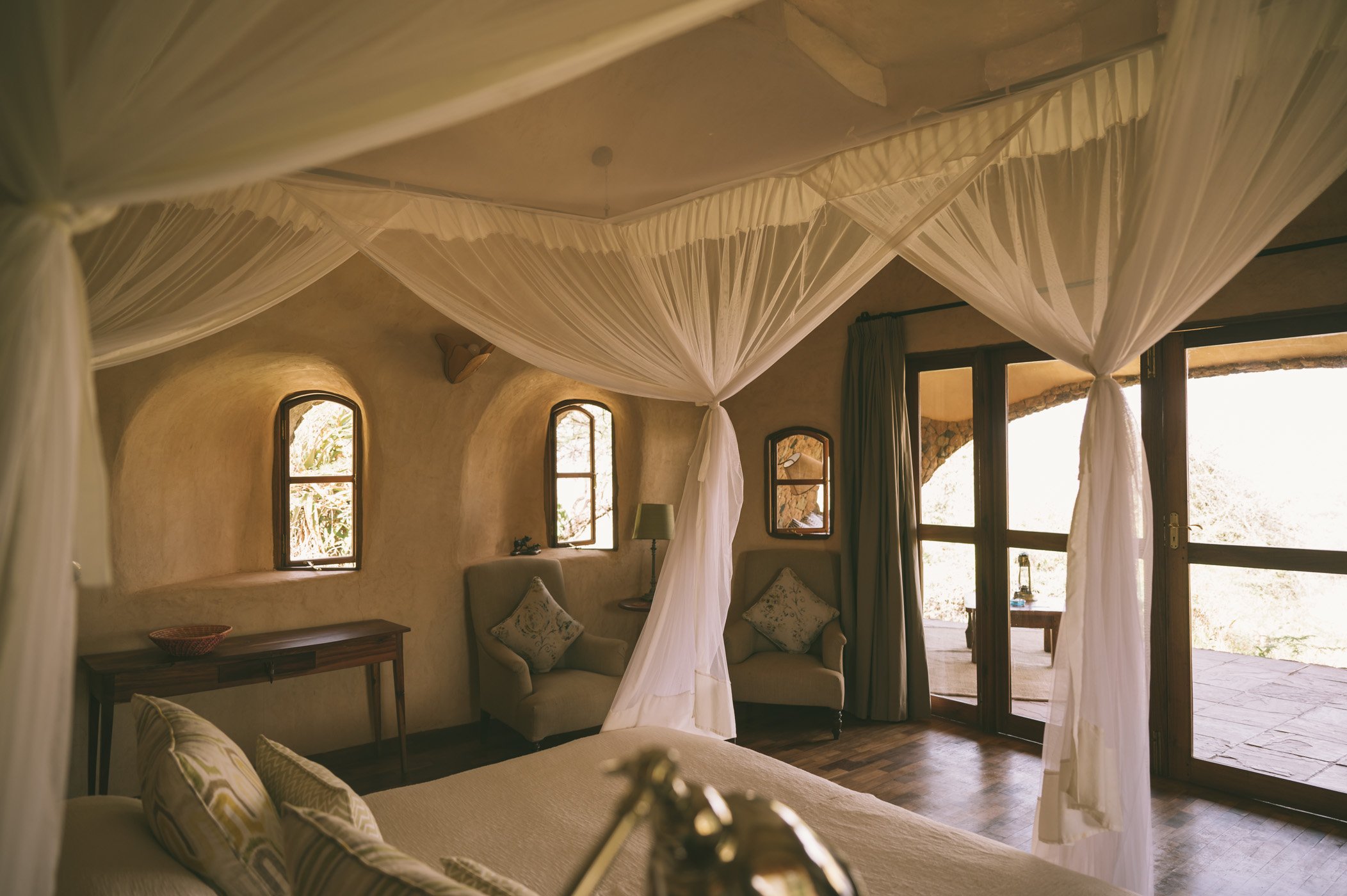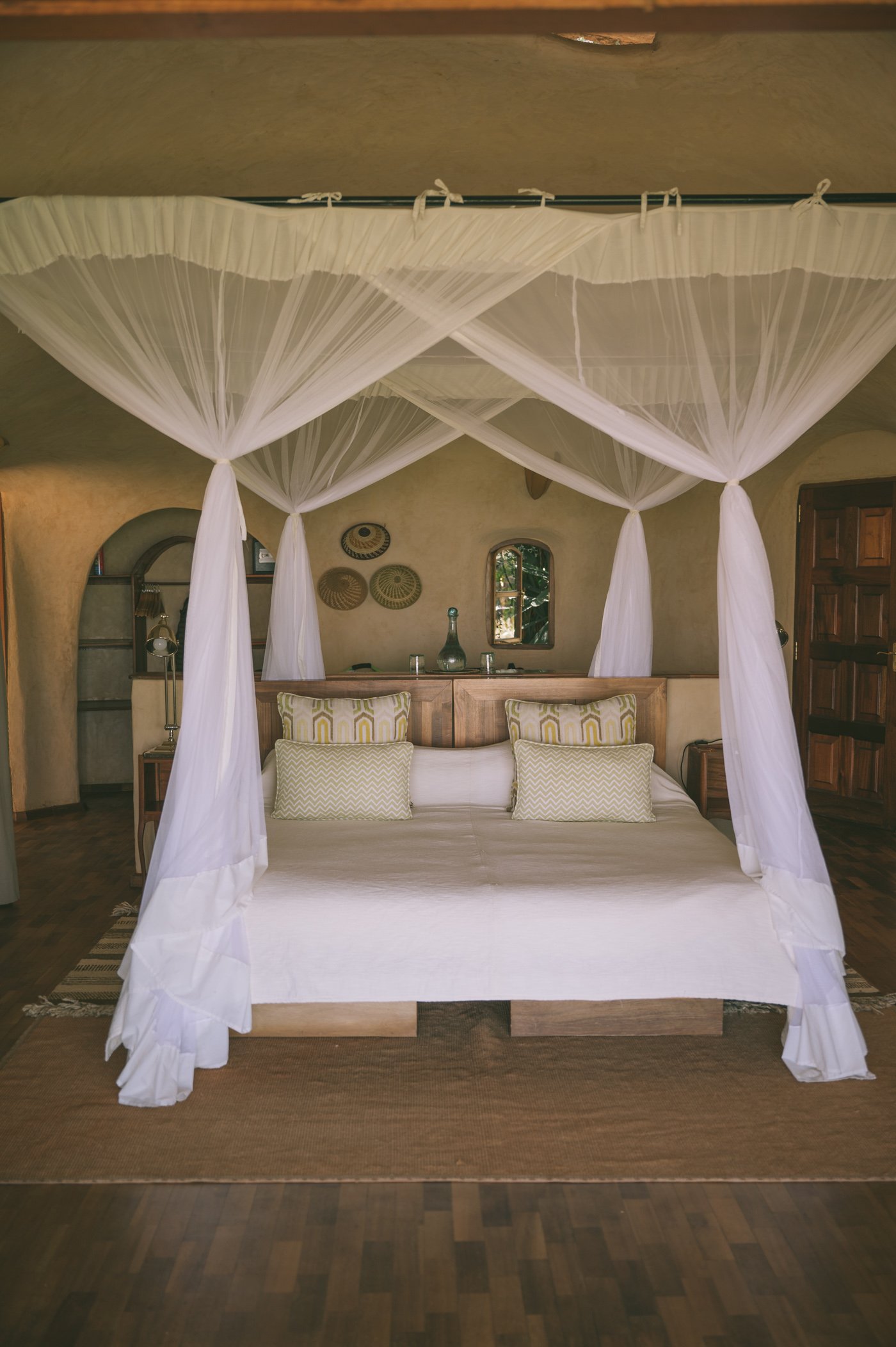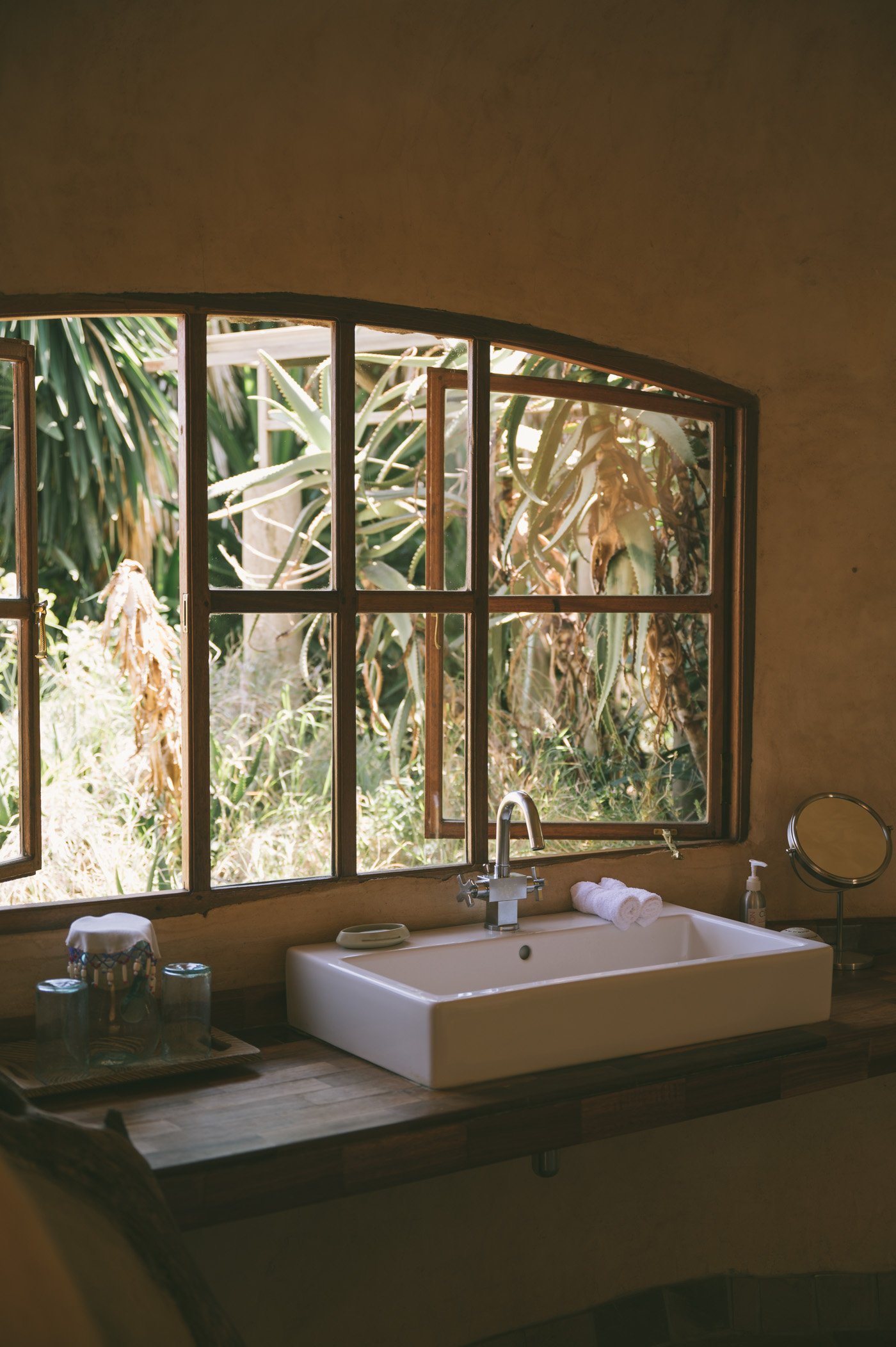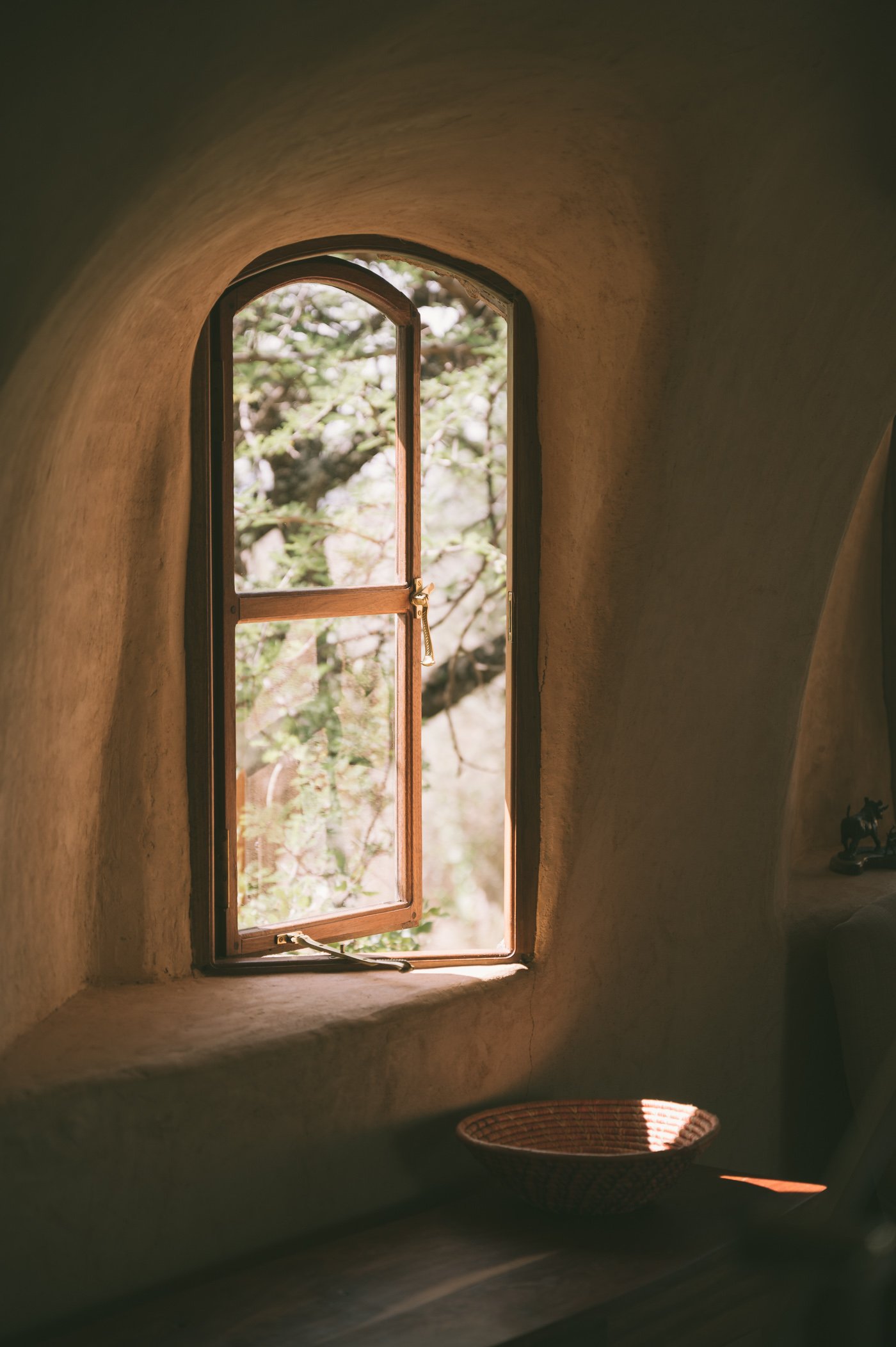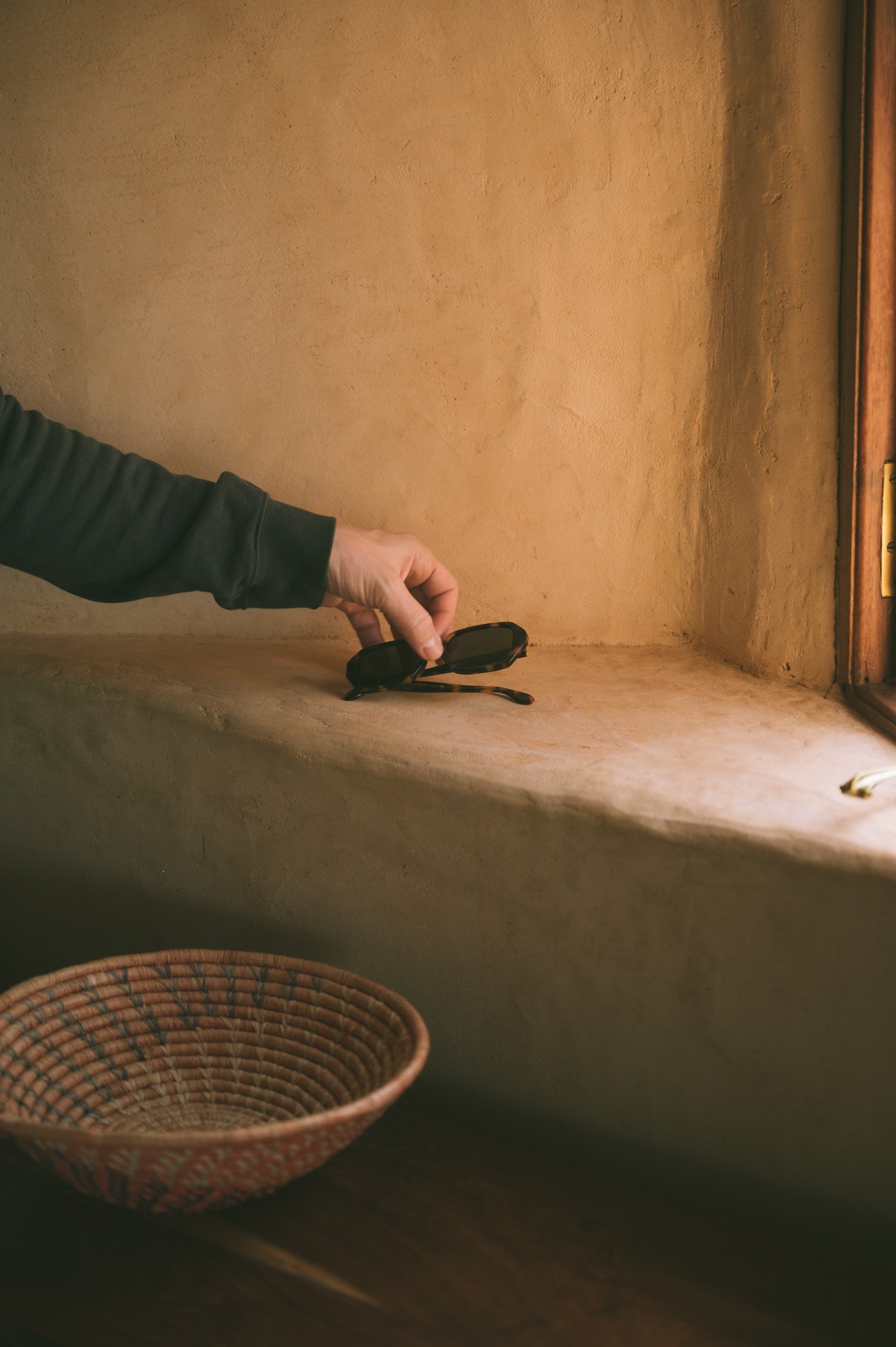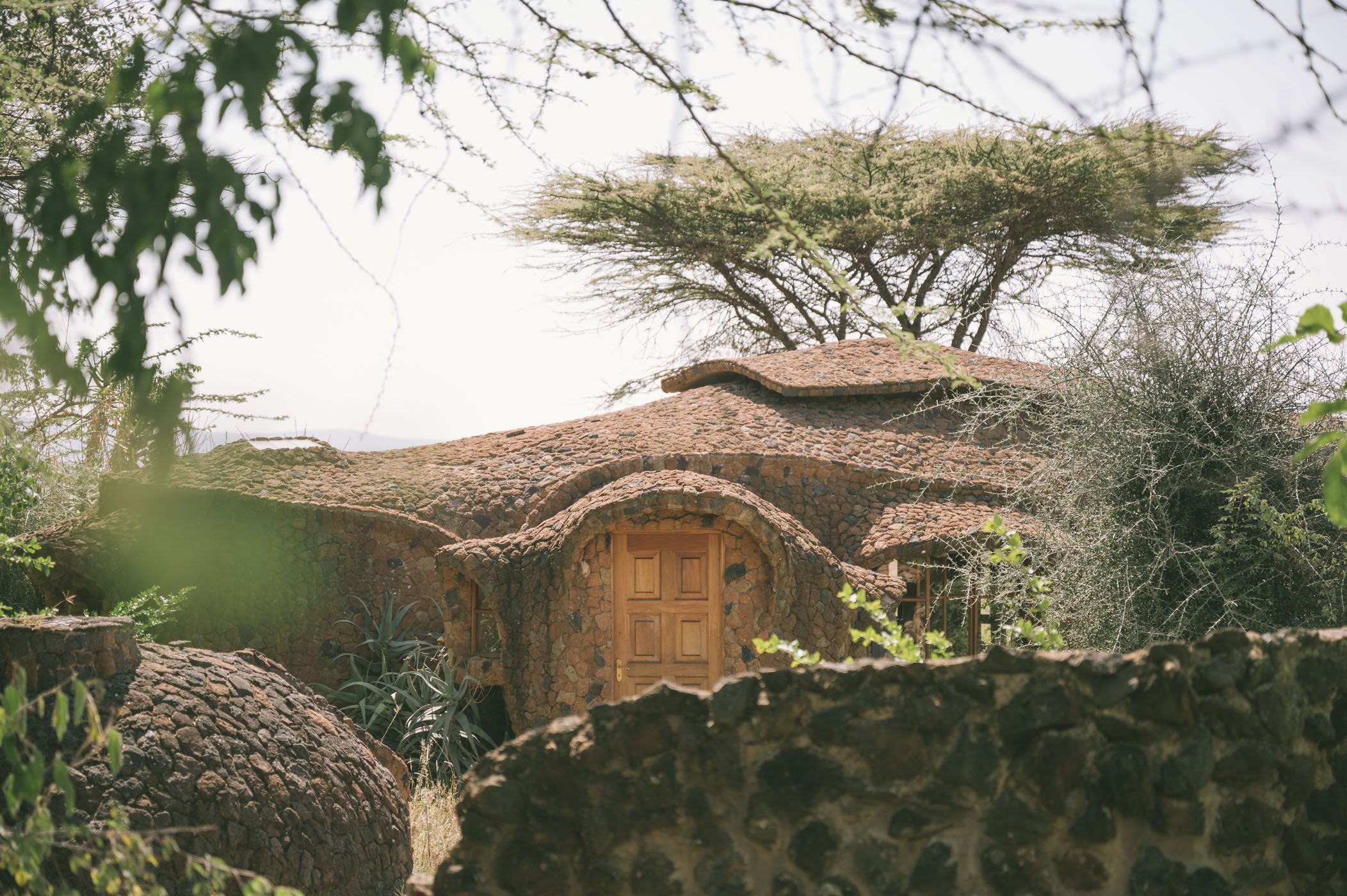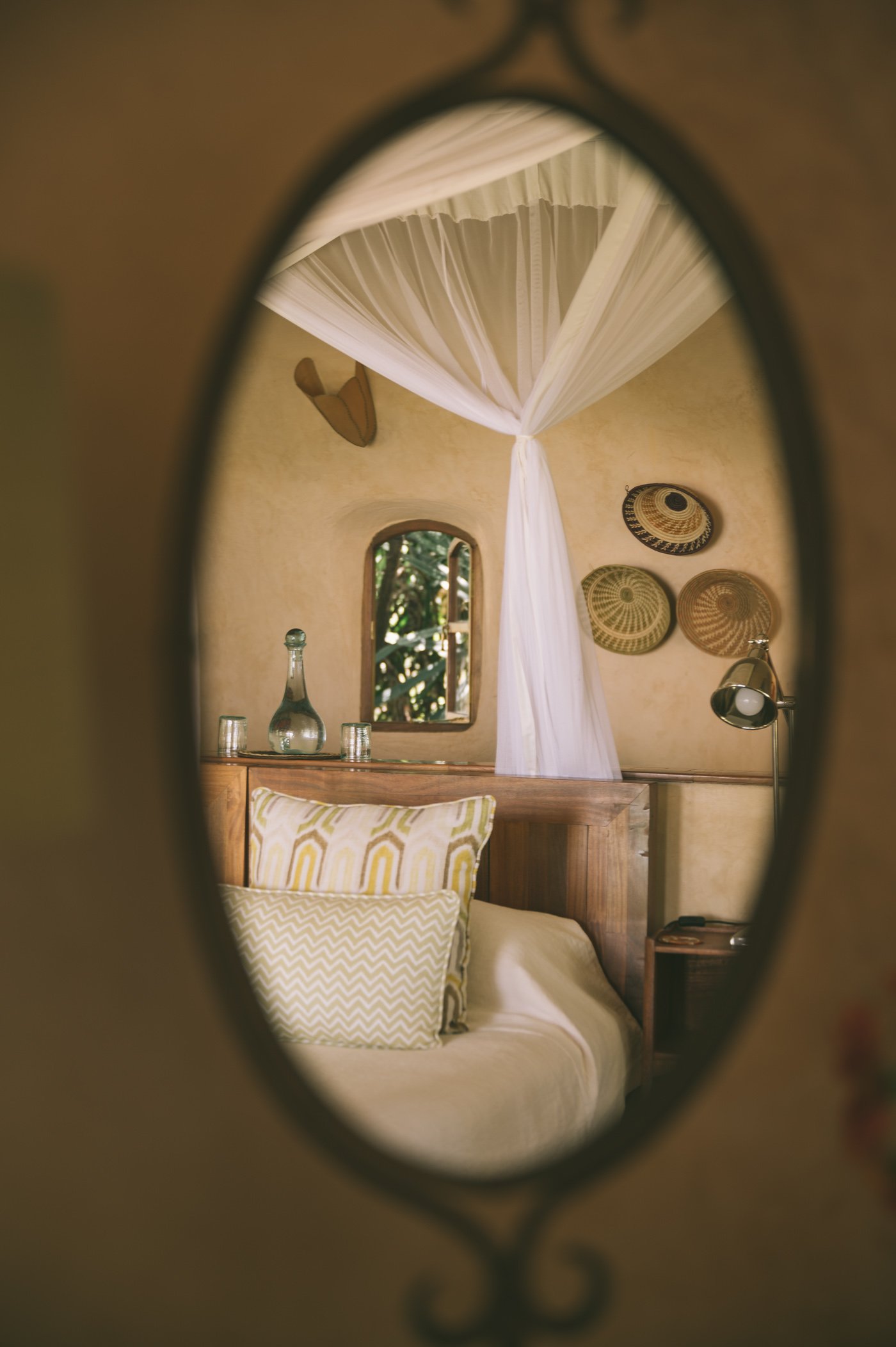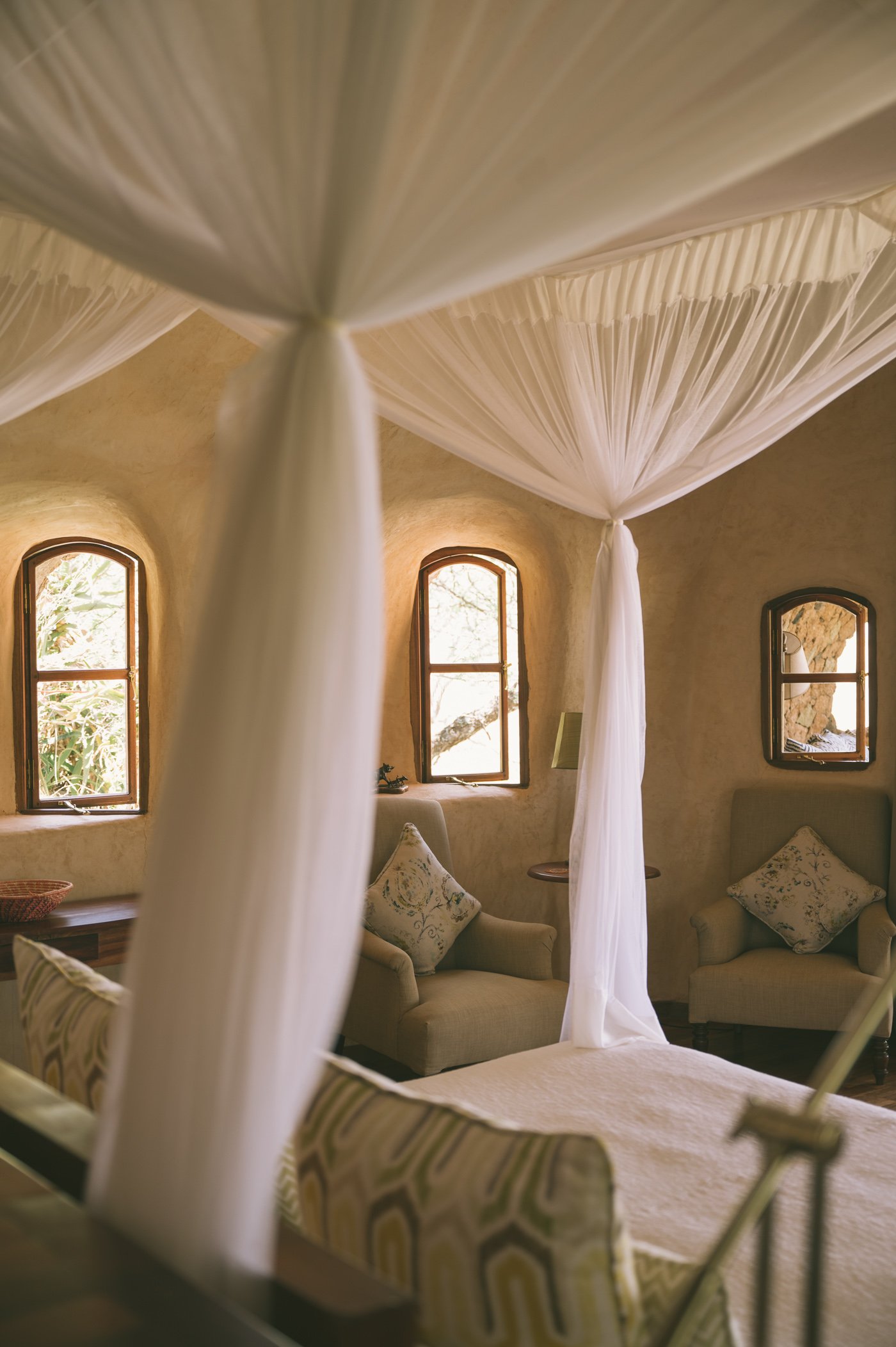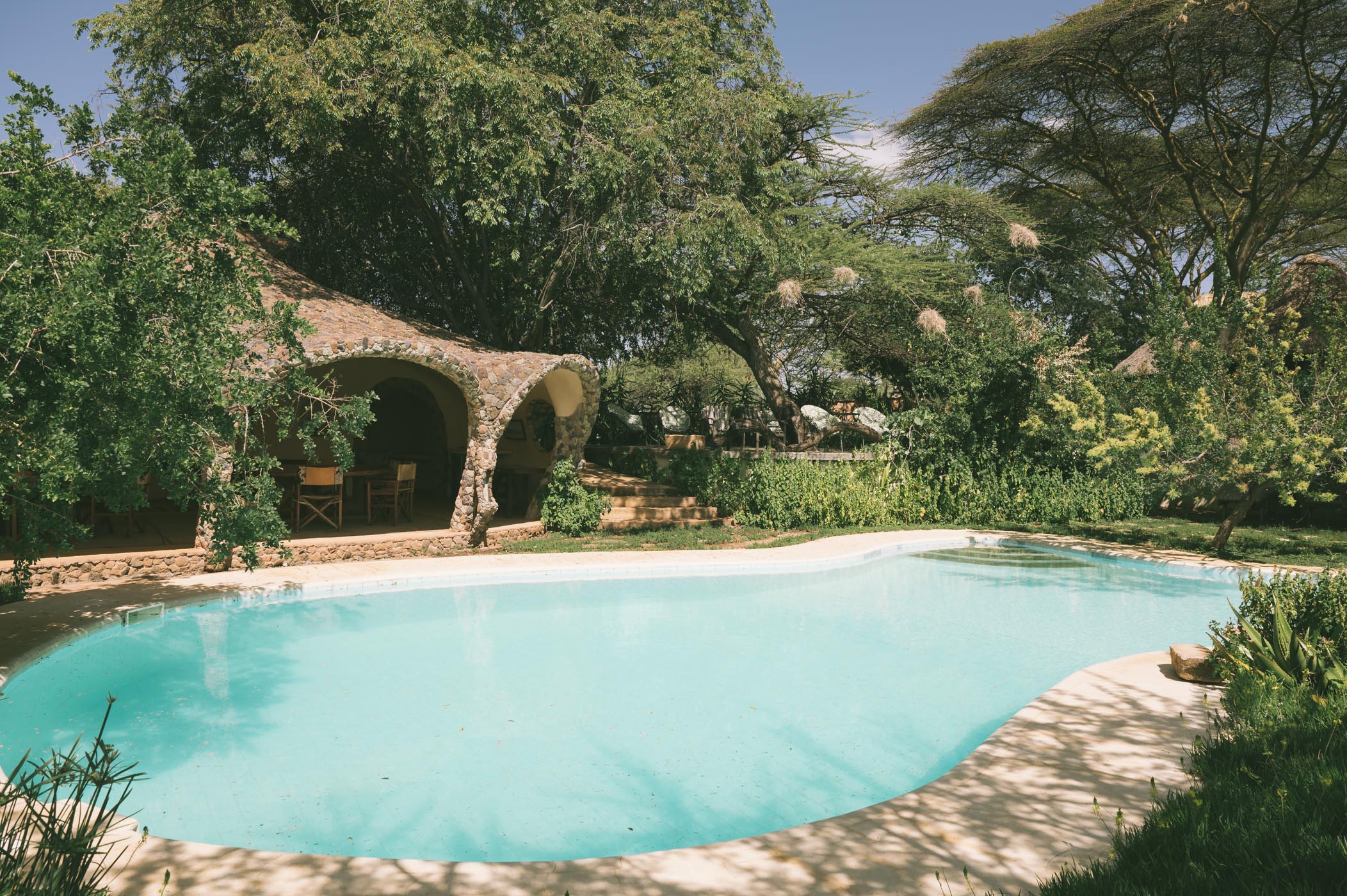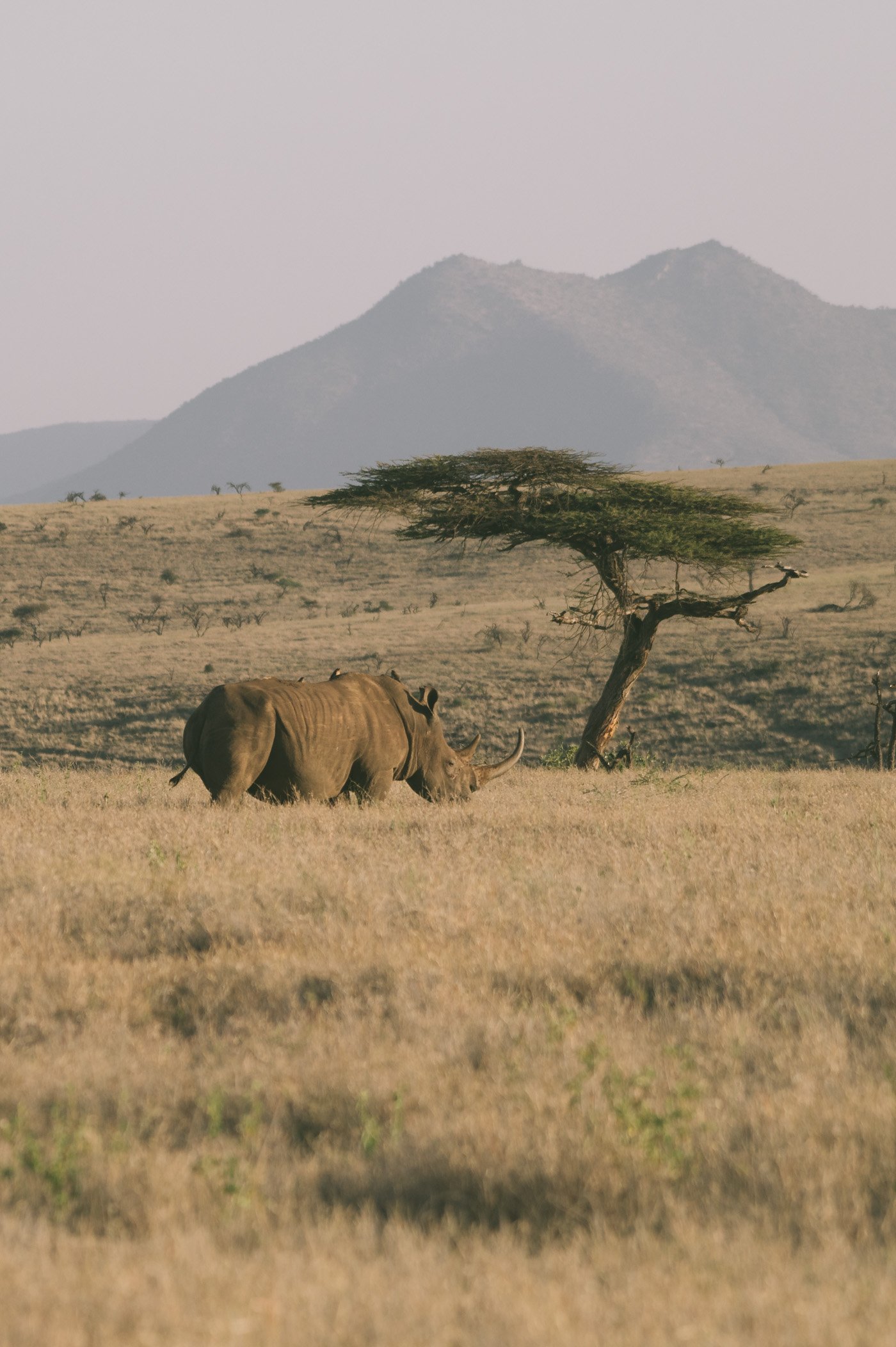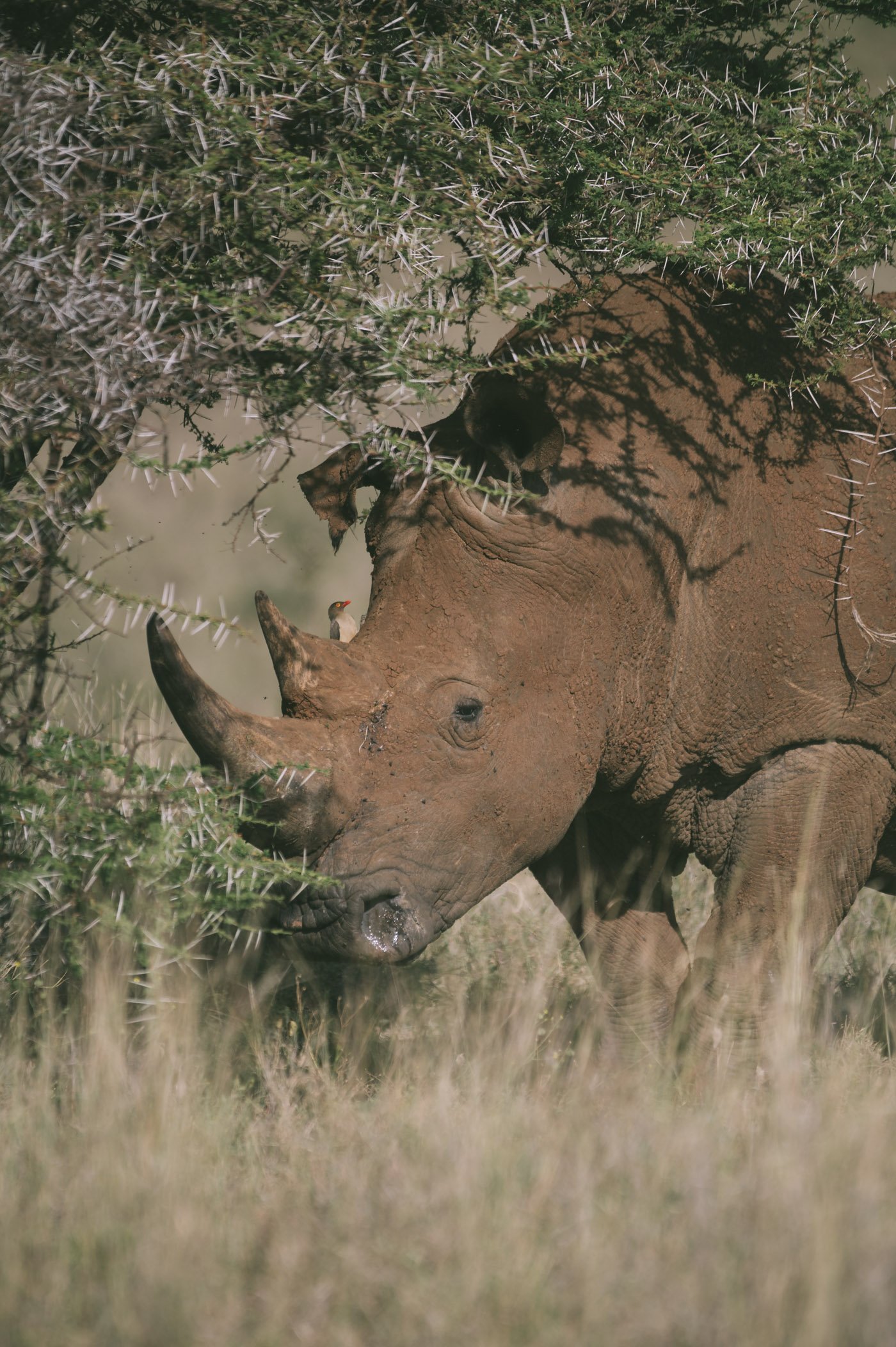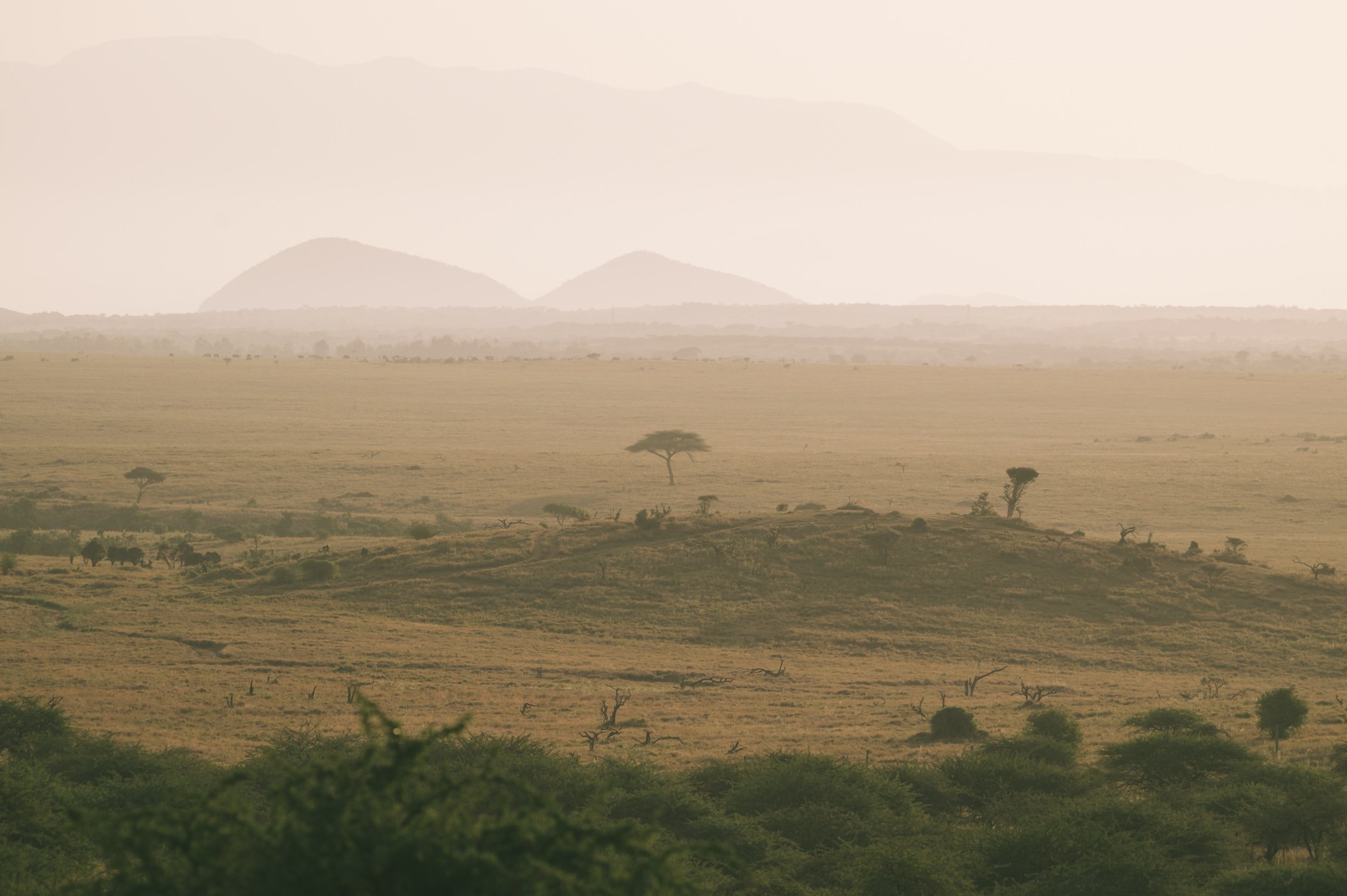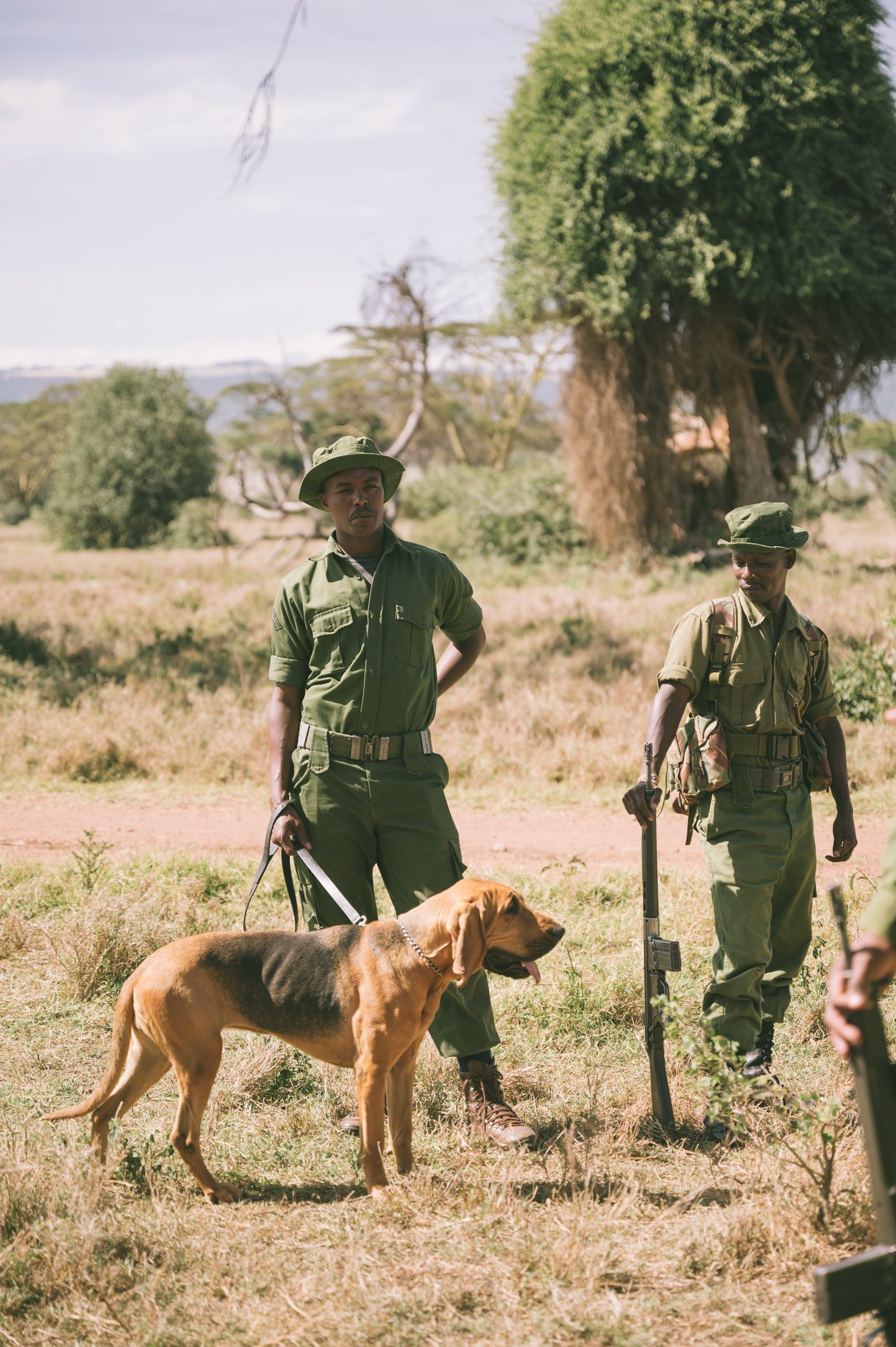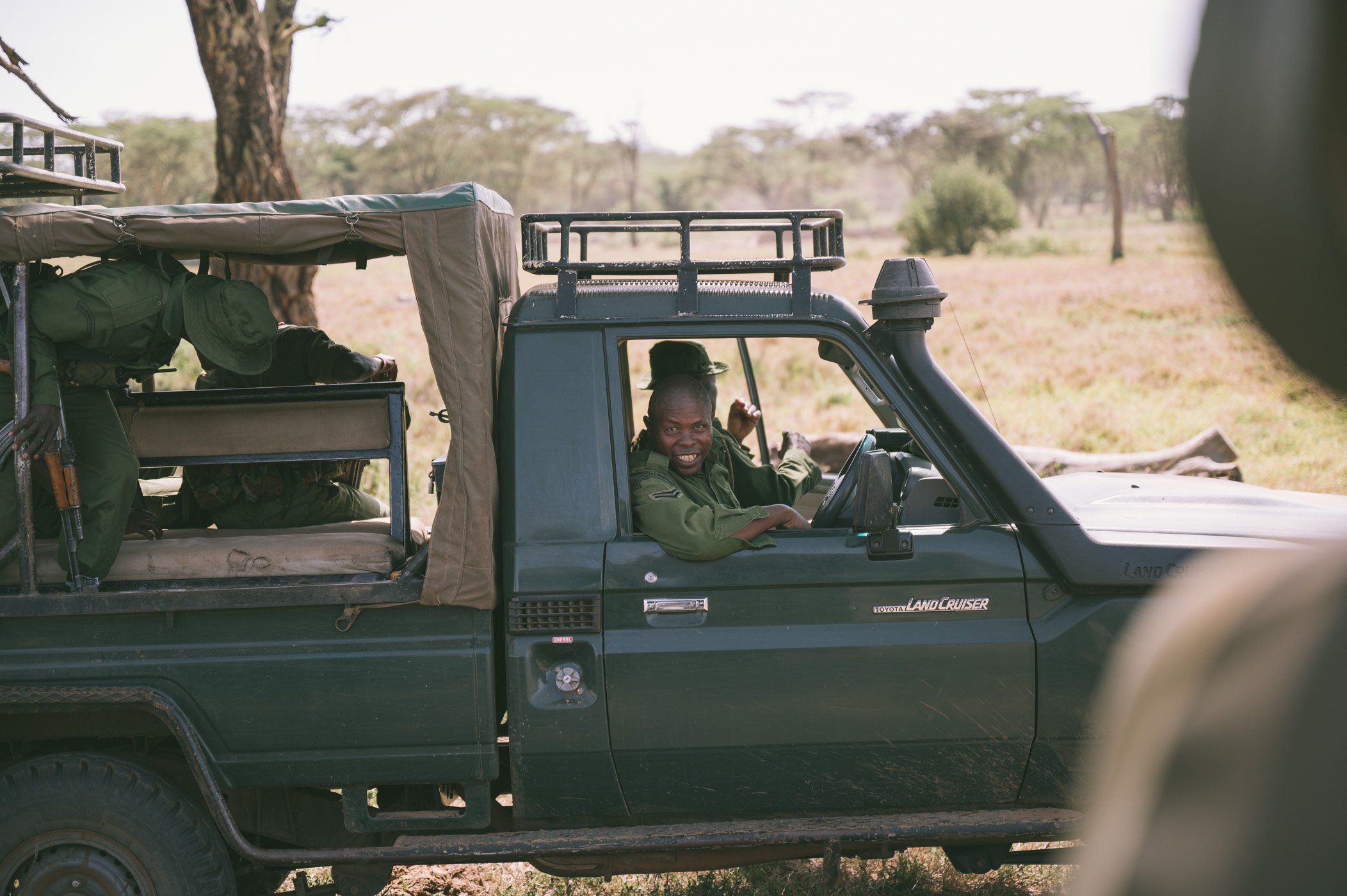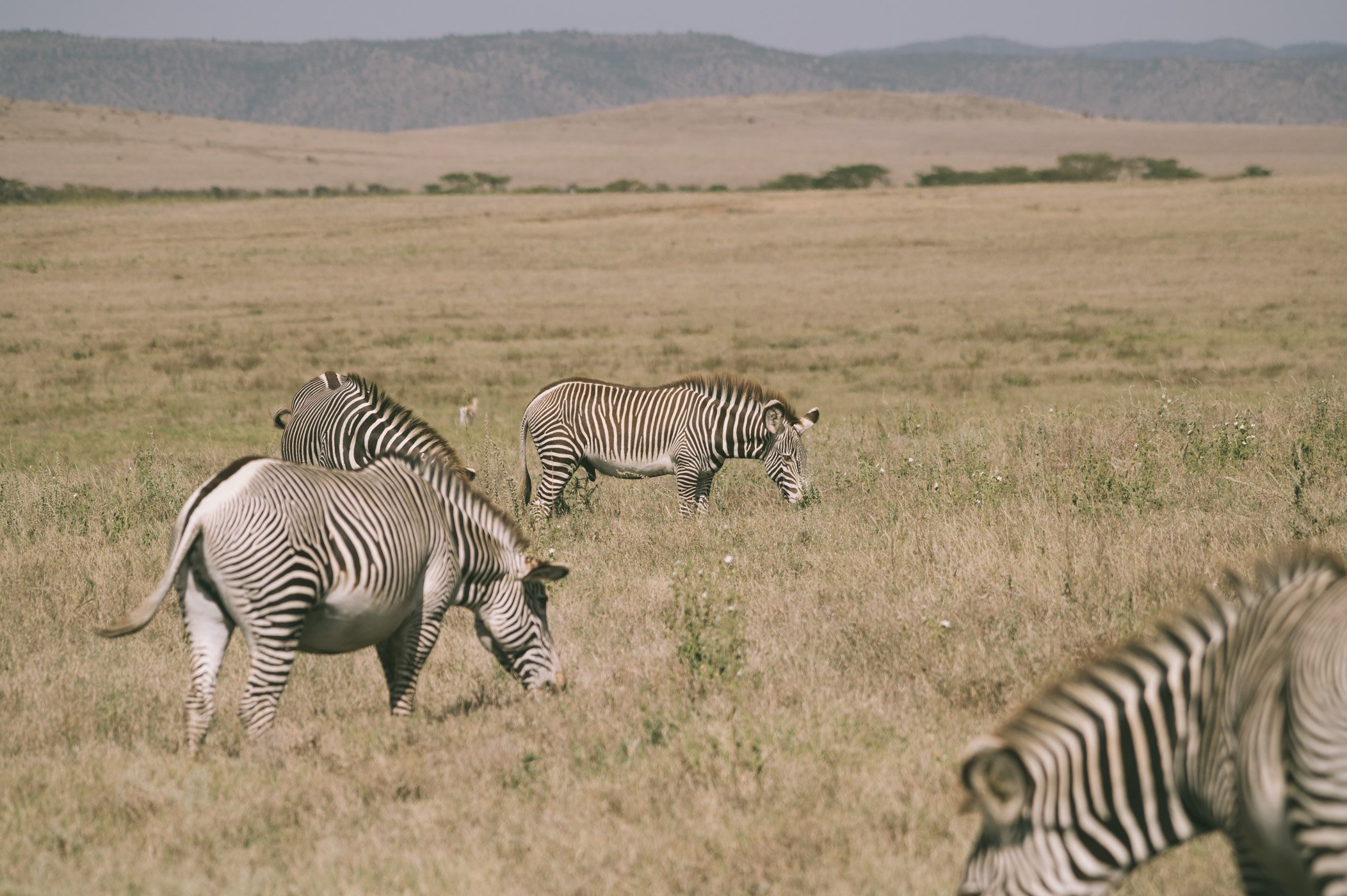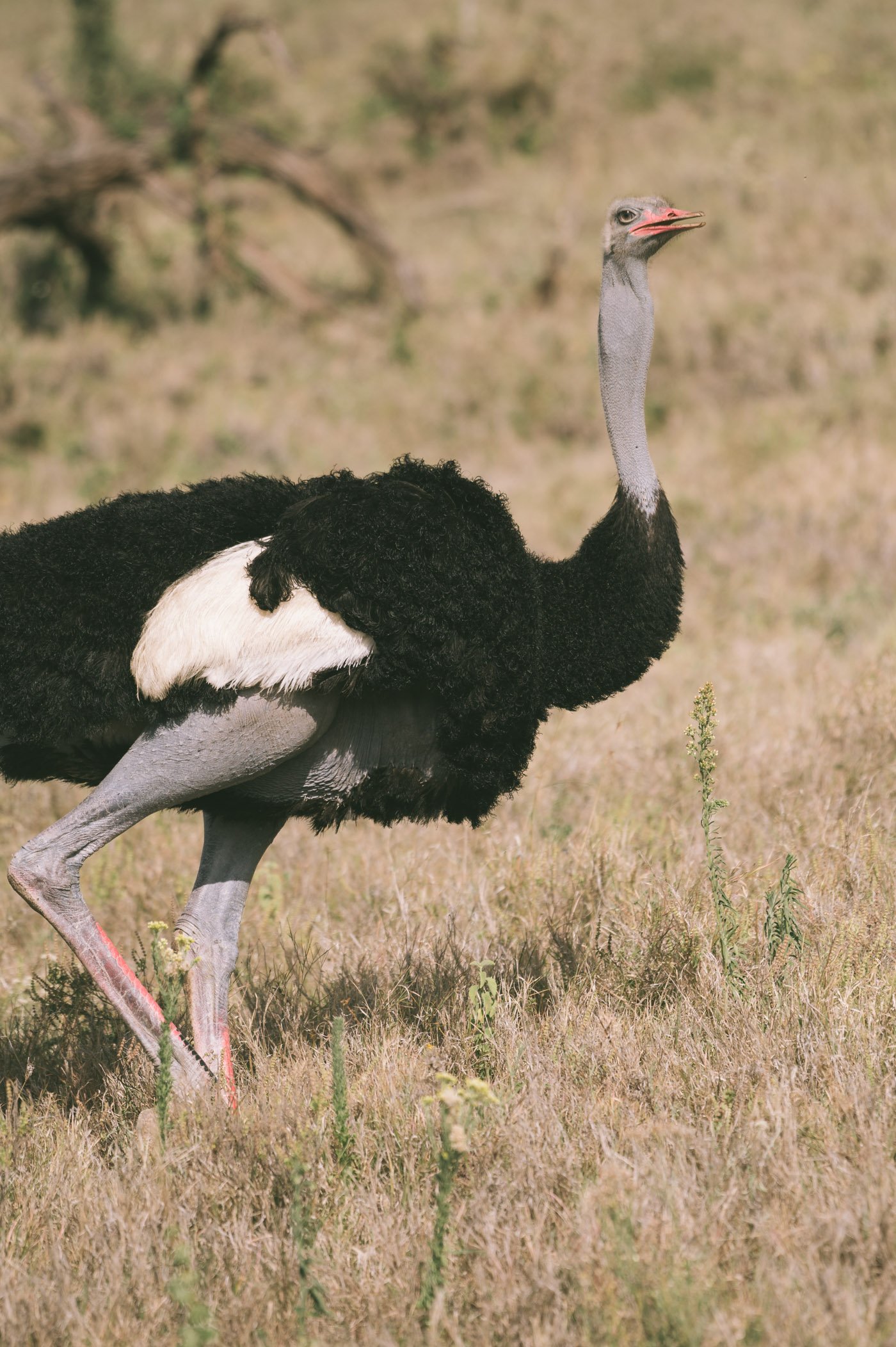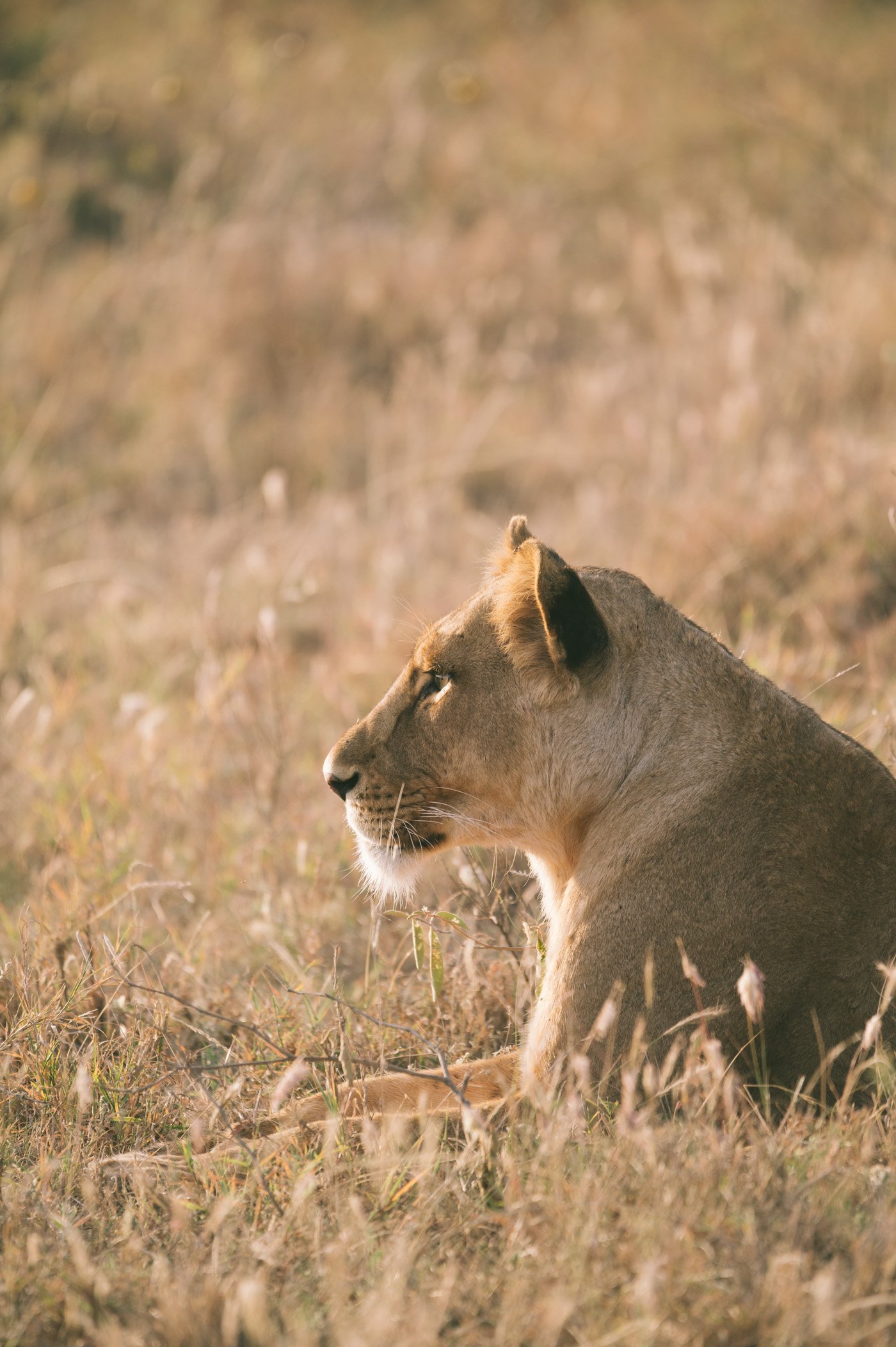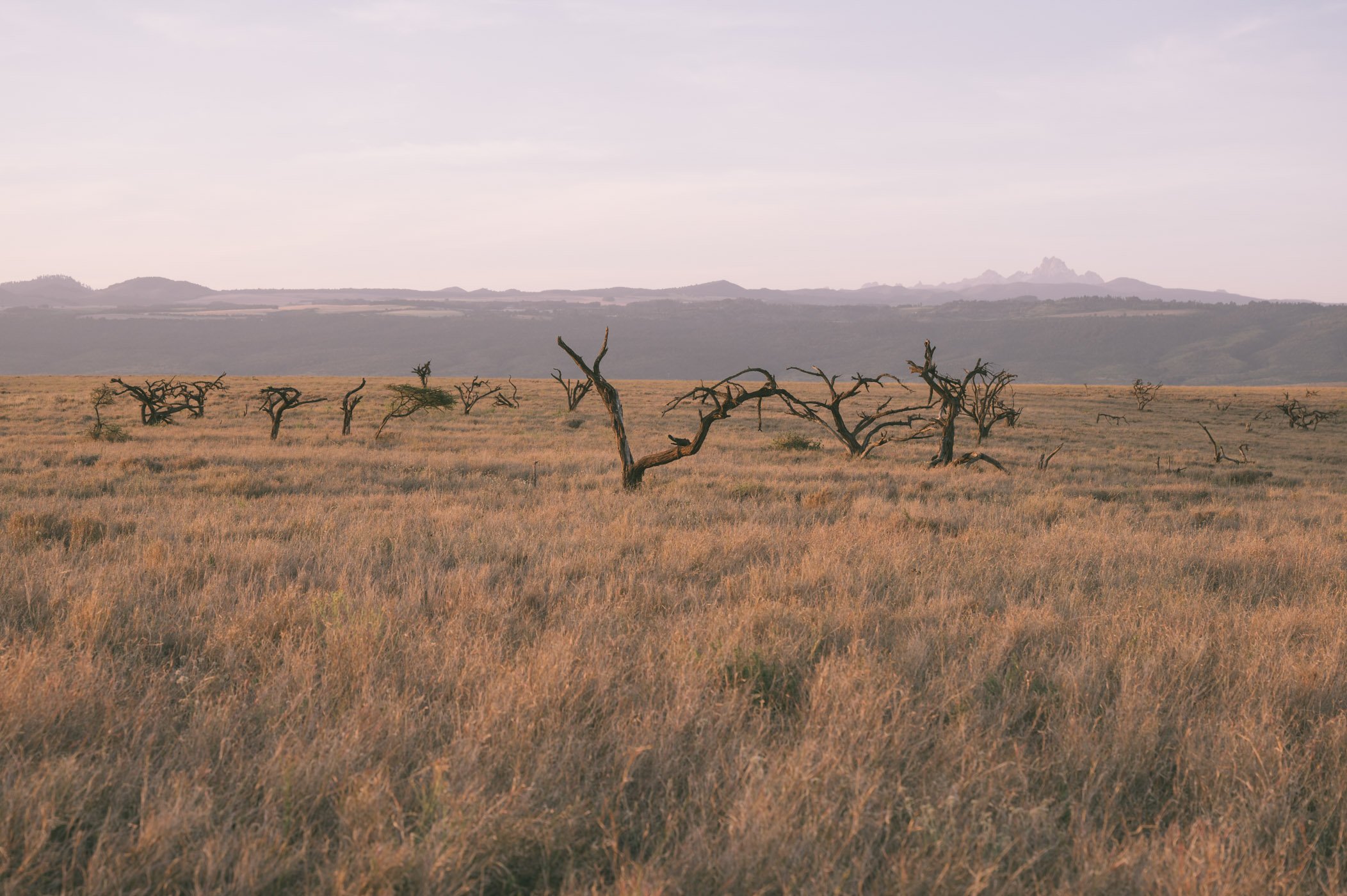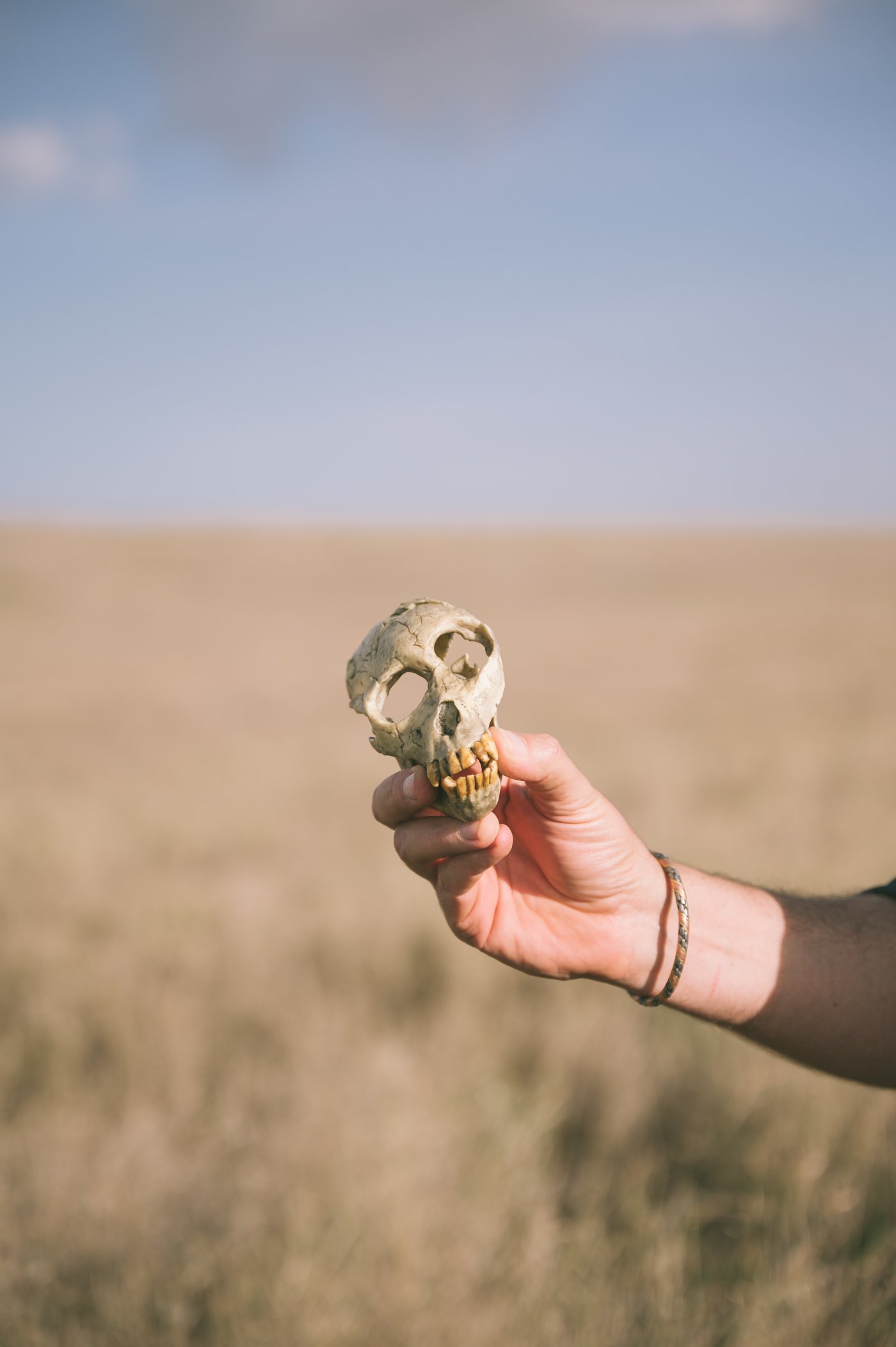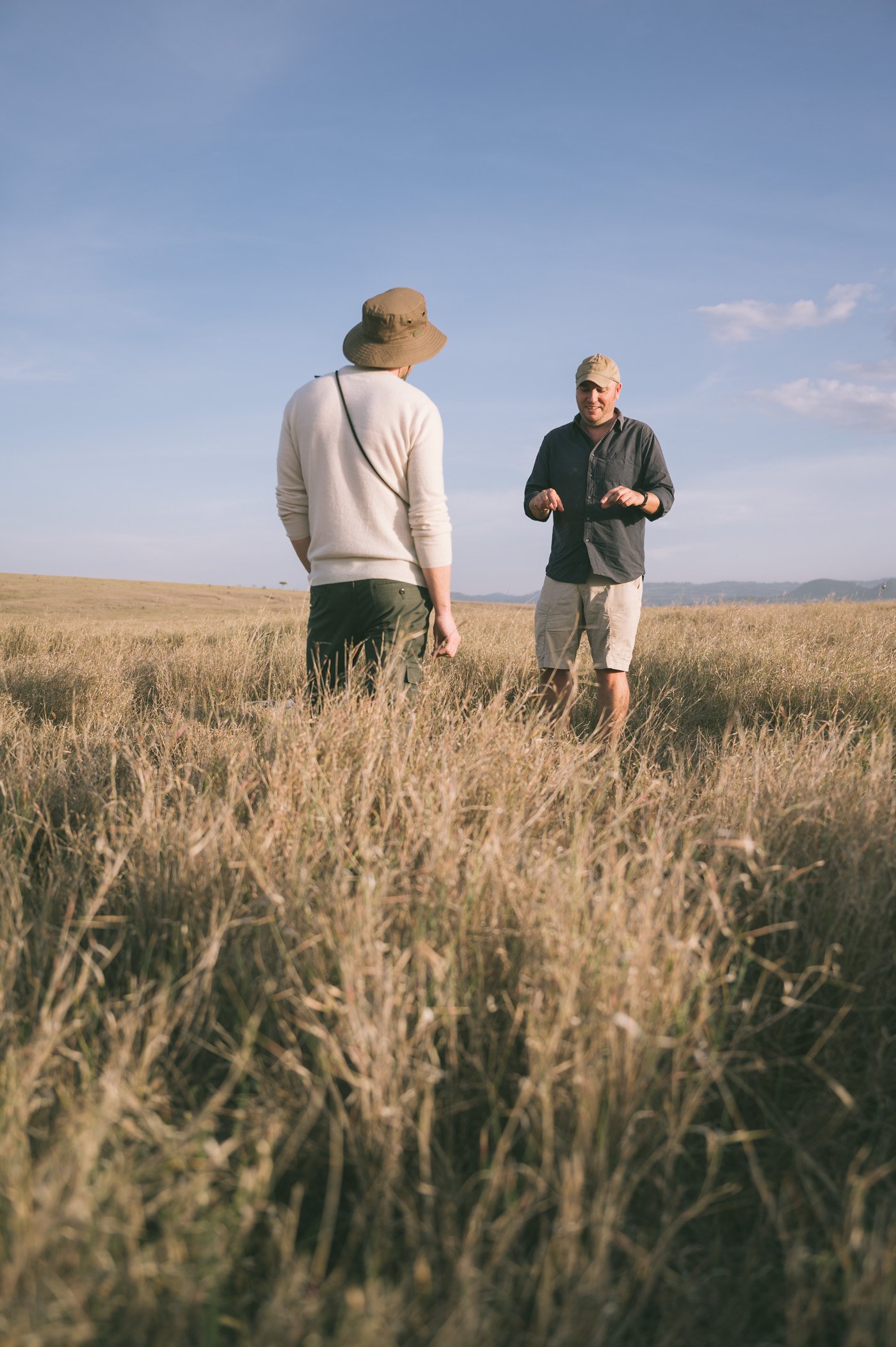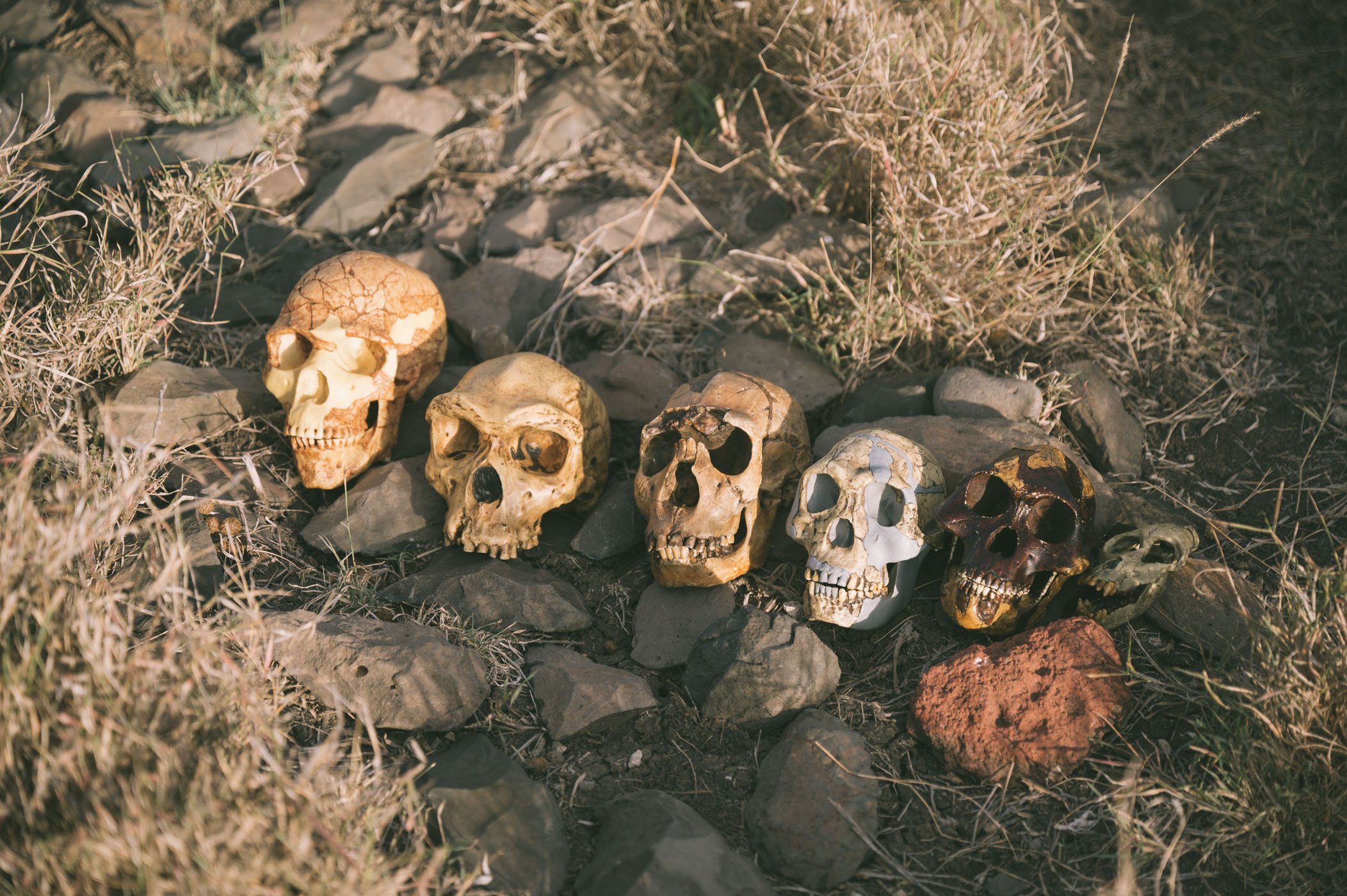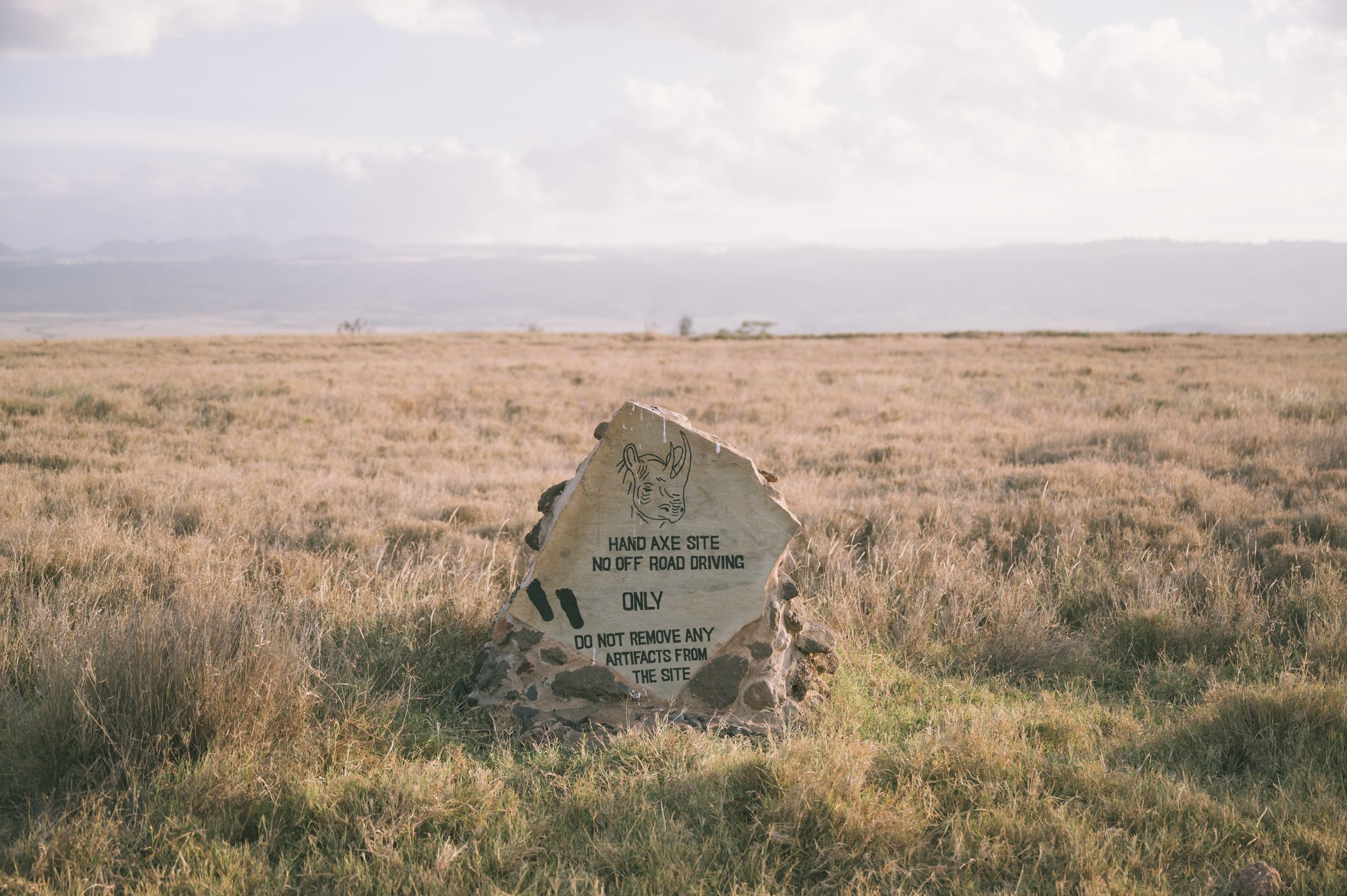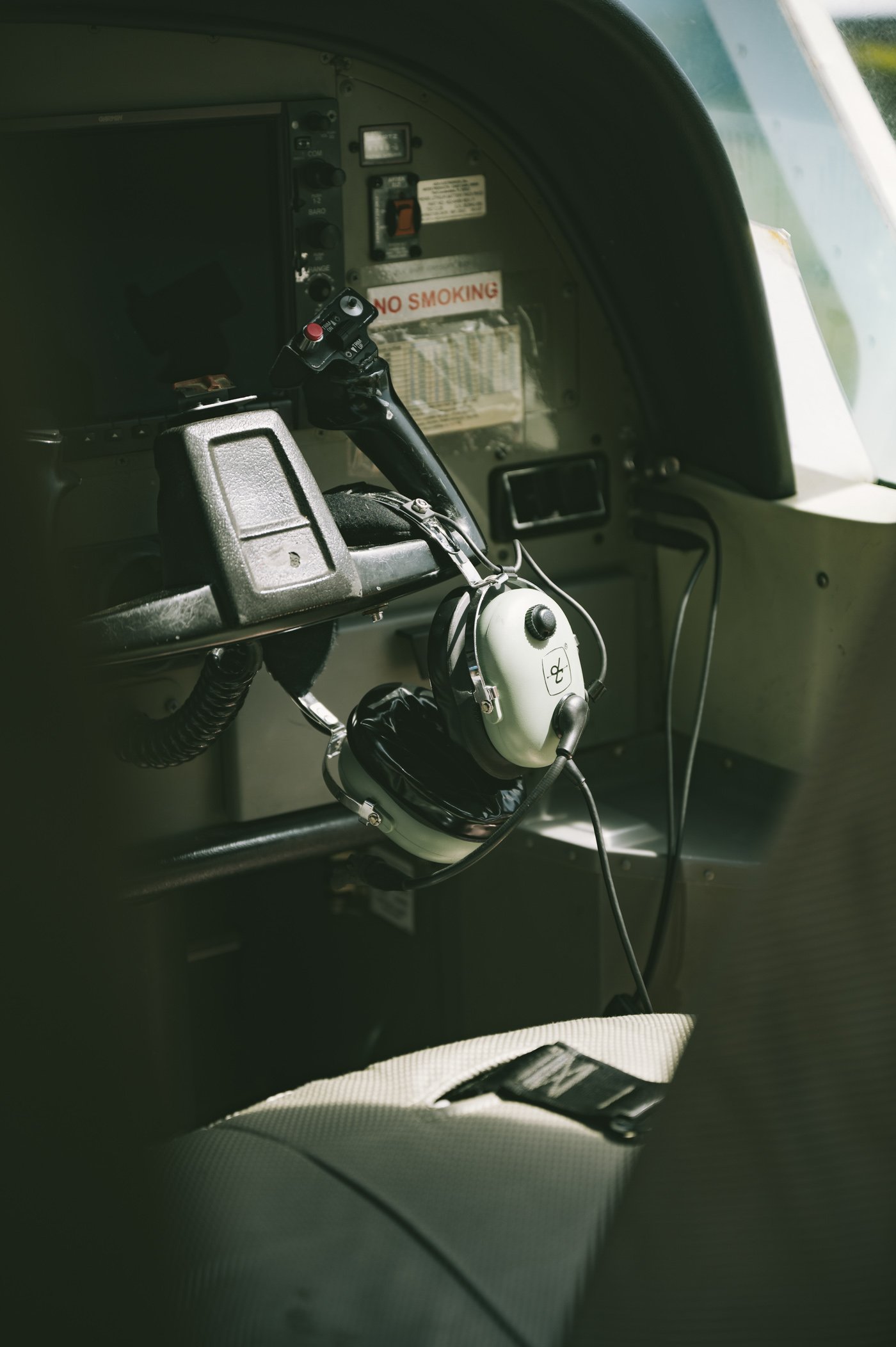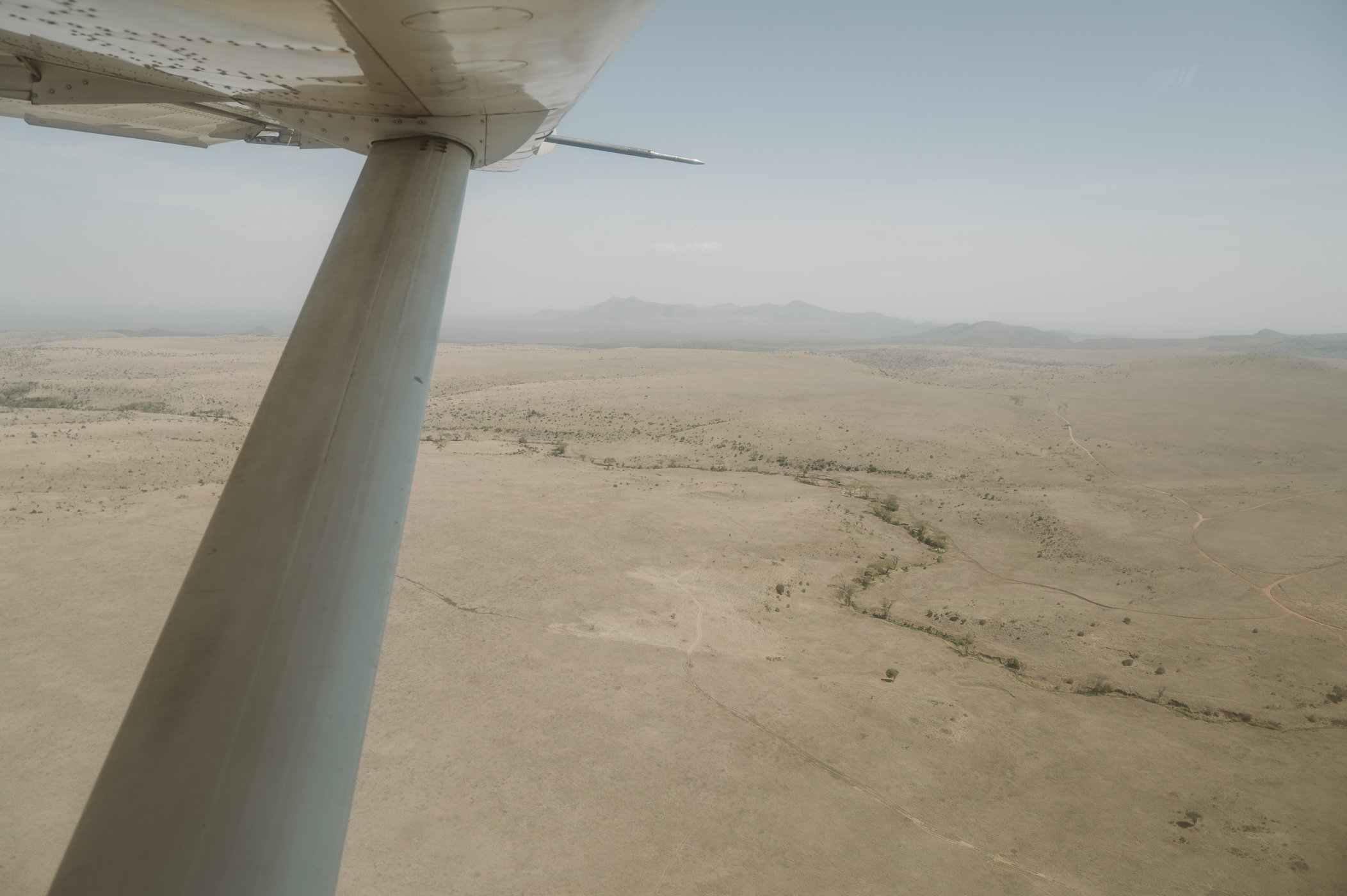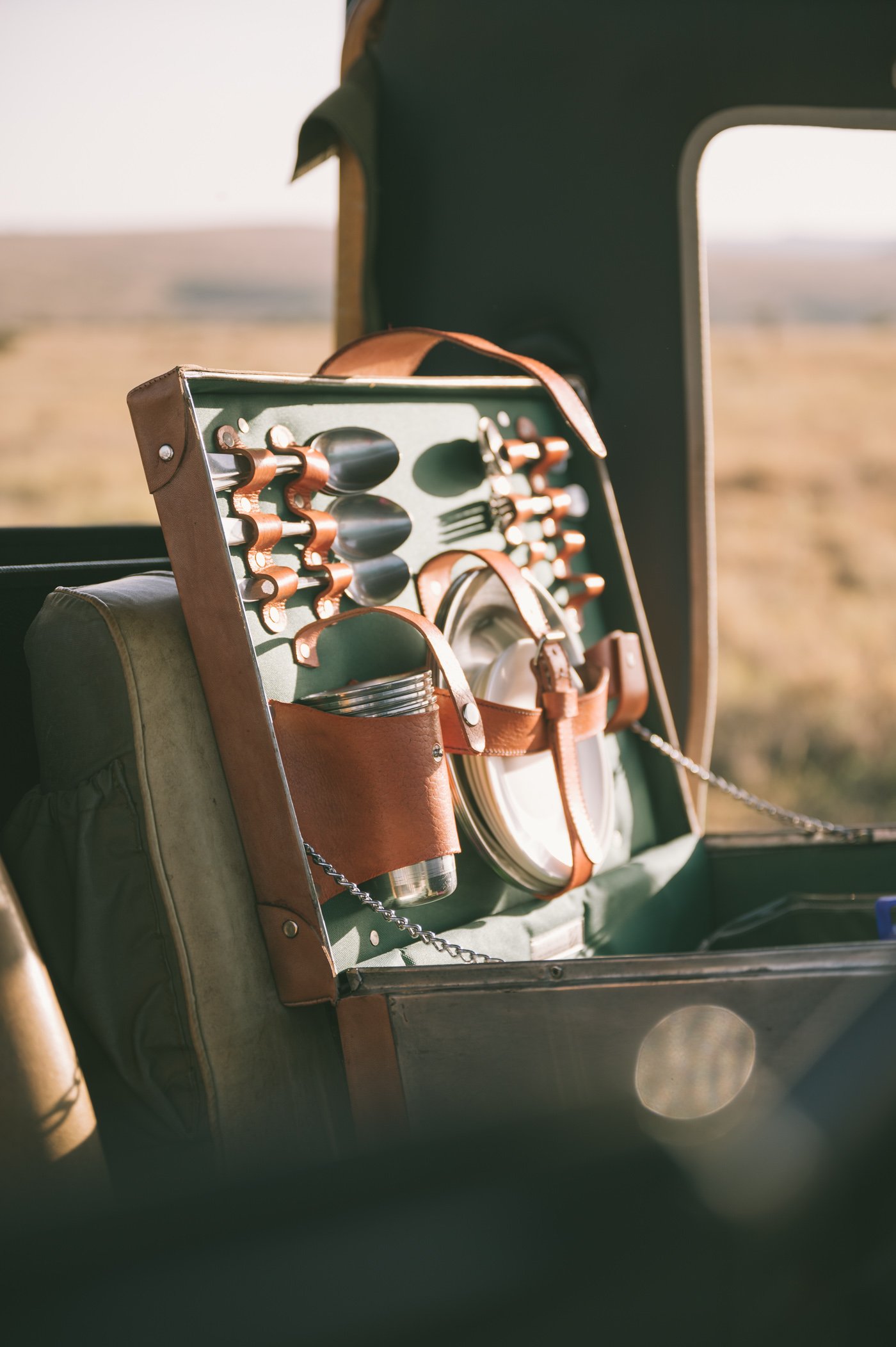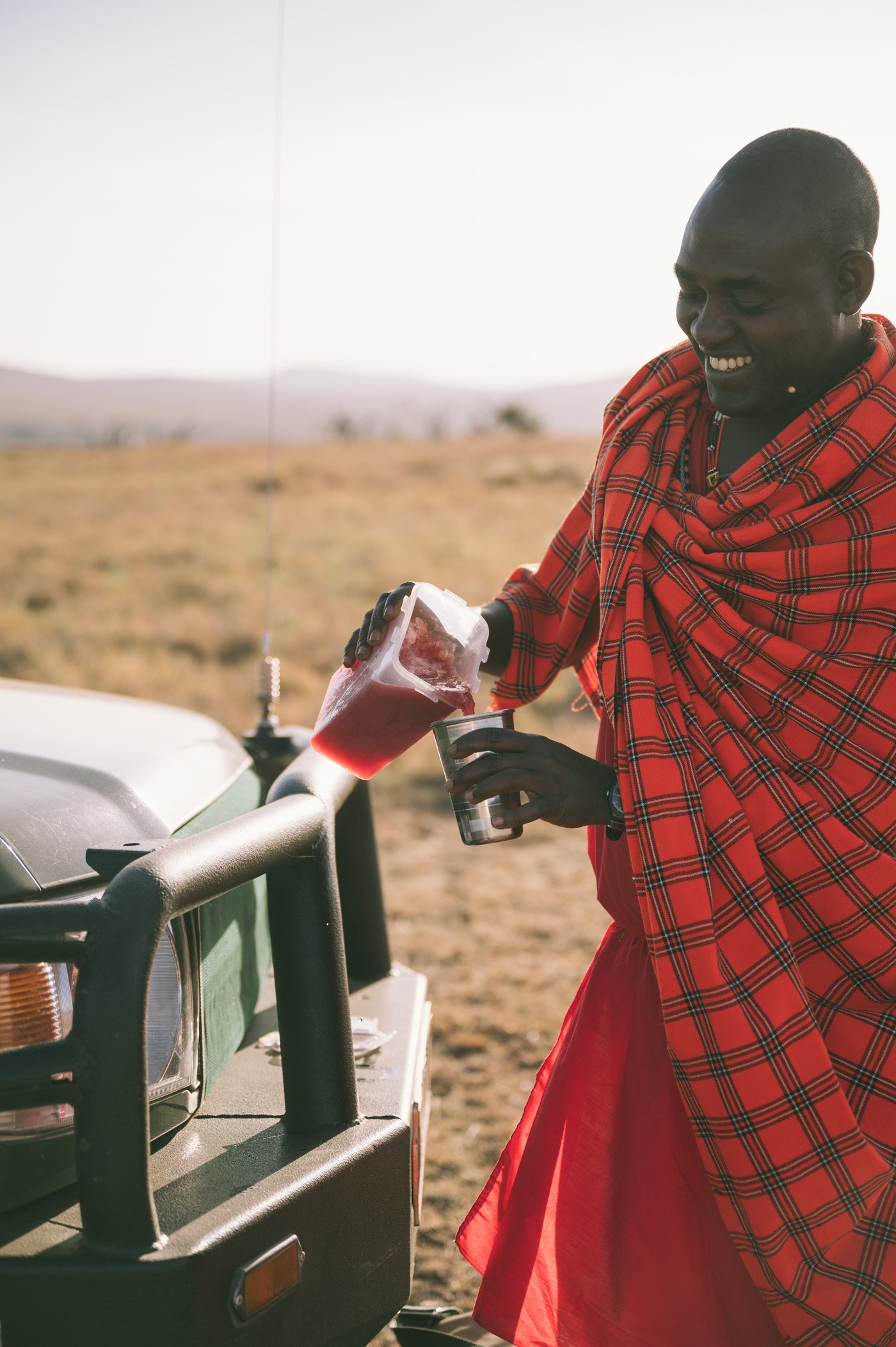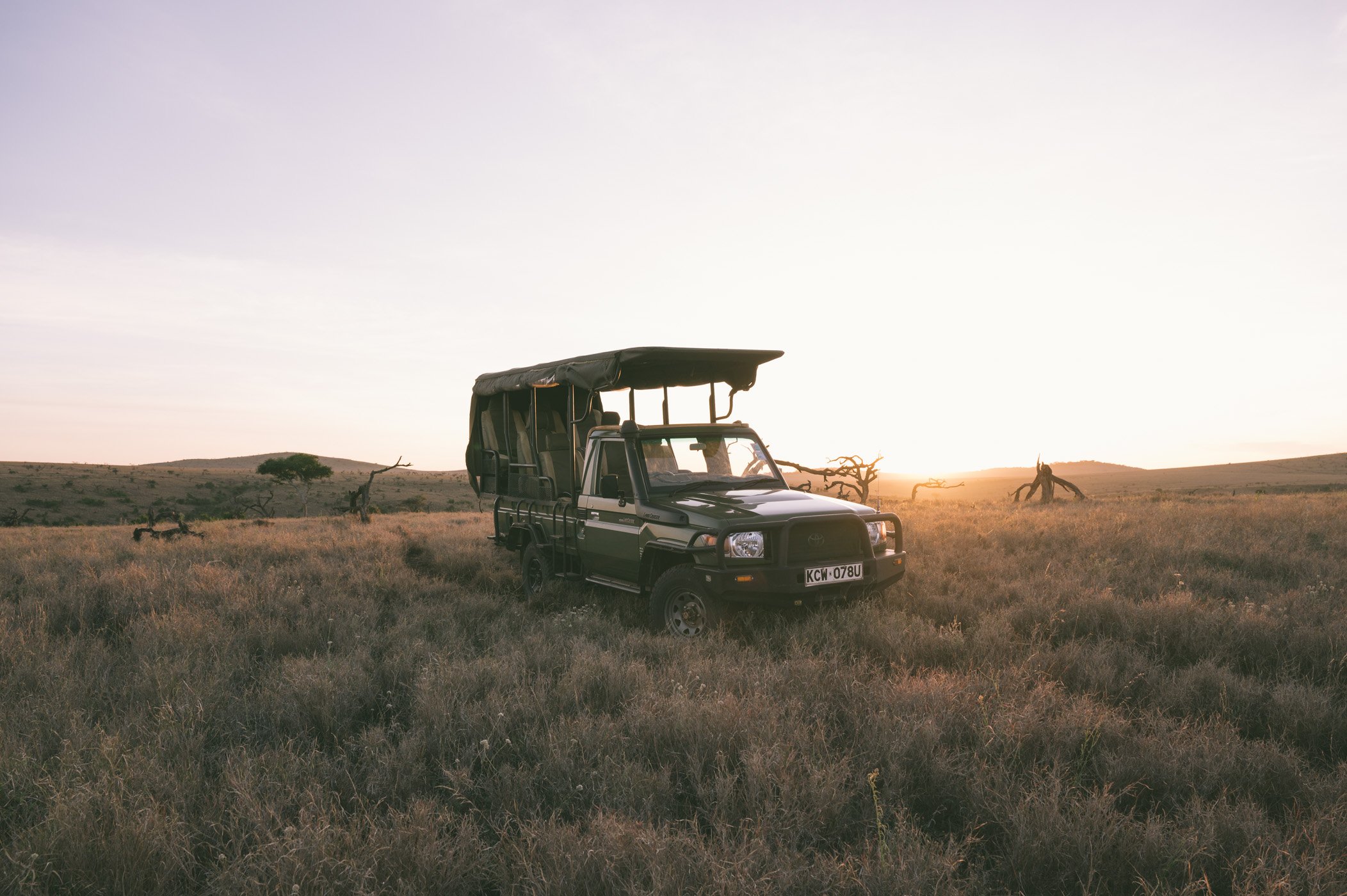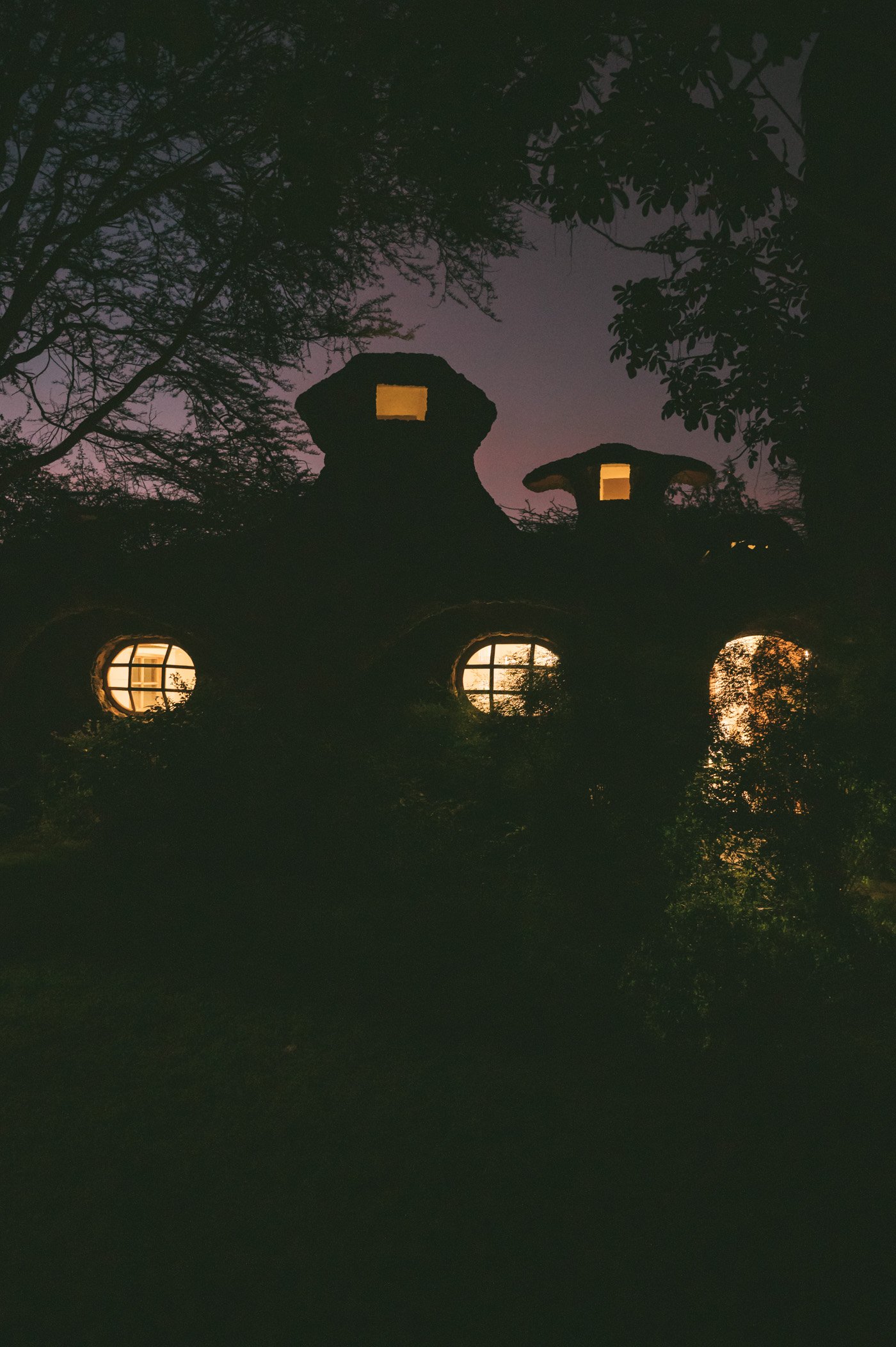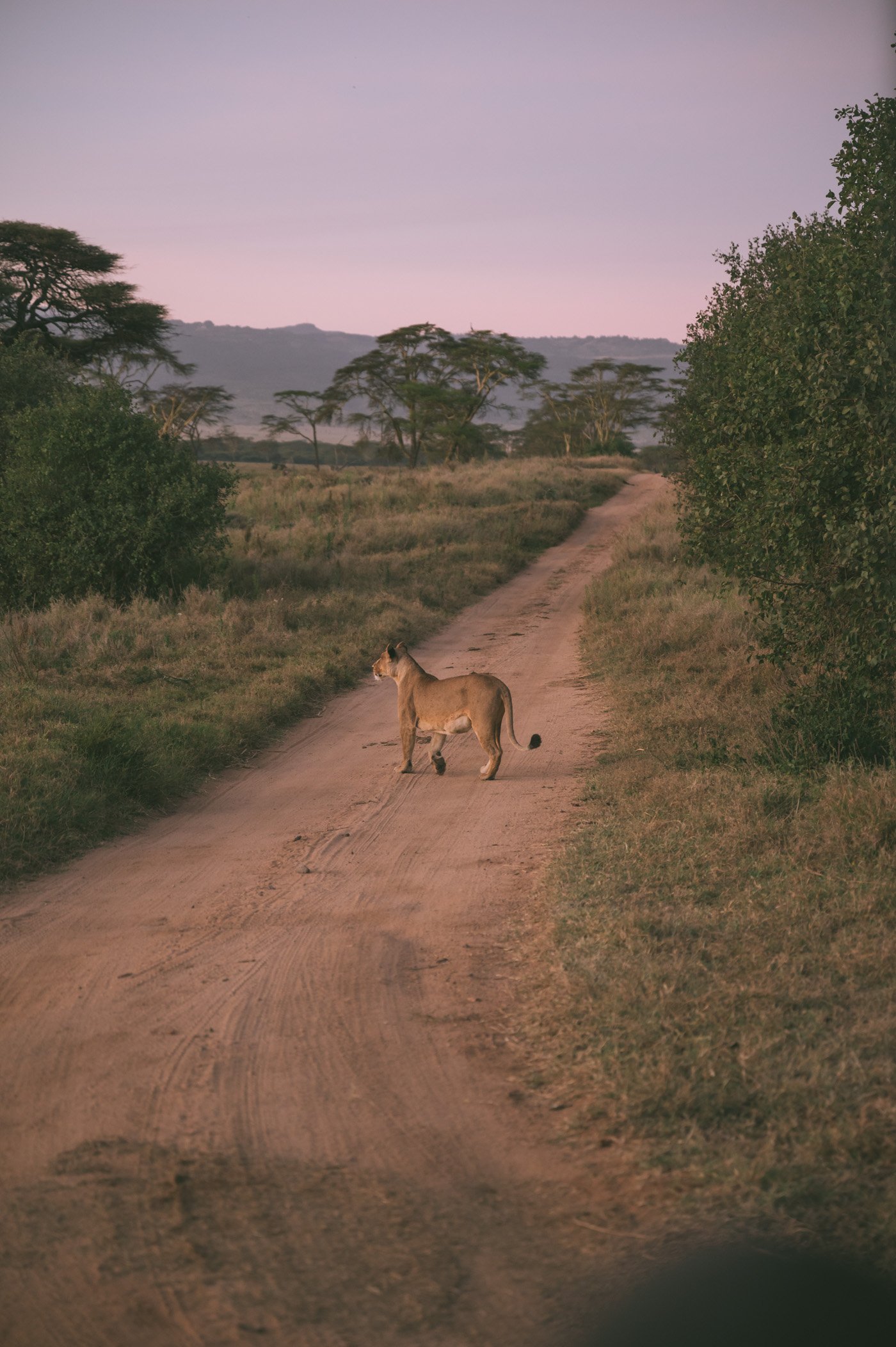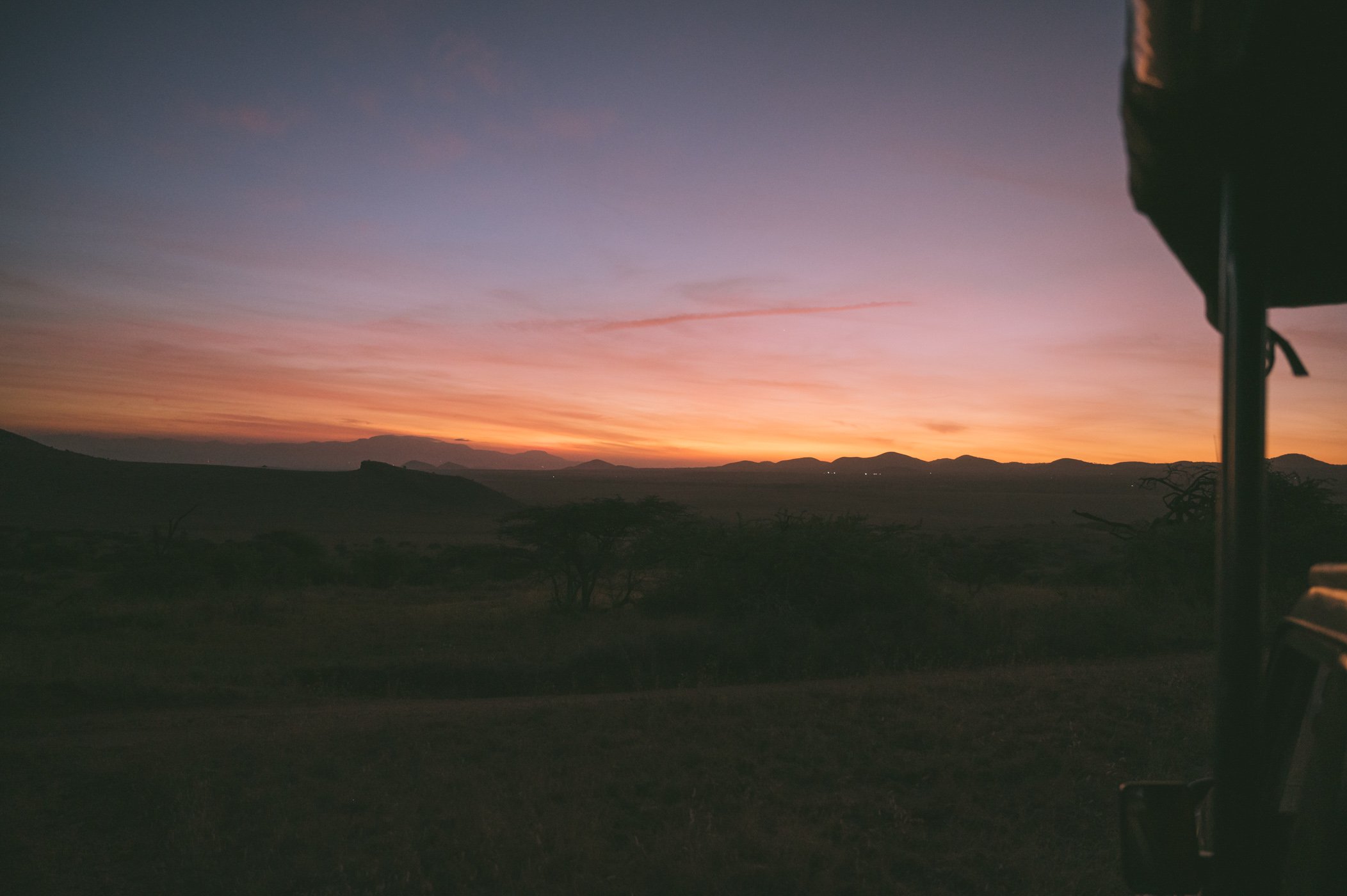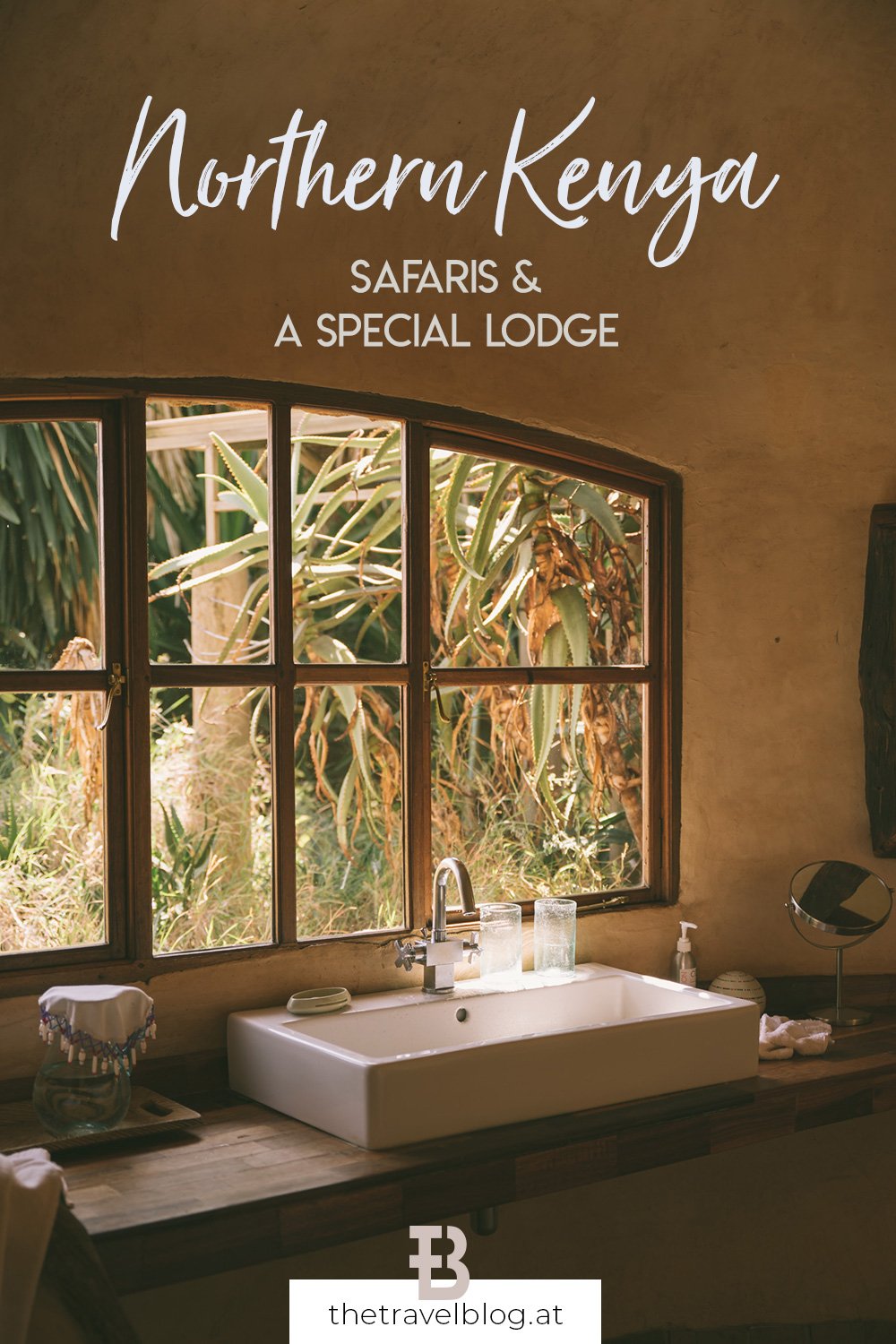After our initial 2 nights in Nairobi (read more about it here) we couldn’t wait to get out of the city and start our proper Kenya safari. To be frank – we didn’t know a lot about Lewa or the North of Kenya before we went there. When people think about safaris in Kenya, they usually think about the Maasai Mara, the great migration, large plains filled with teaming wildebeest and zebras and an abundance of predators. But there’s more to Kenya and Lewa is one of those places, that we now consider a must visit when planning a Kenya itinerary.
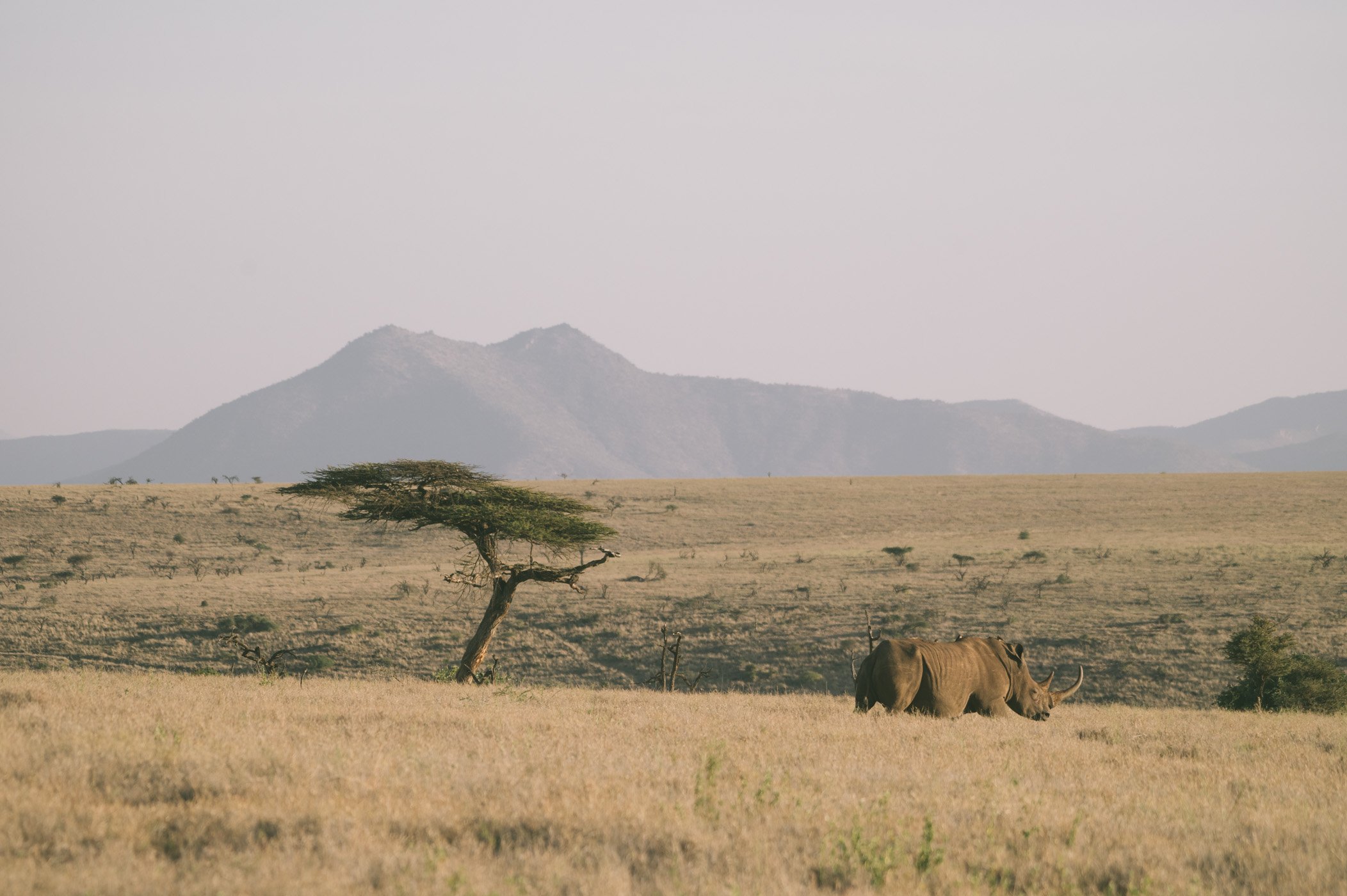 Lewa Wildlife Conservancy is famous for it’s abundant rhino population.
Lewa Wildlife Conservancy is famous for it’s abundant rhino population.
Northern Kenya: Off the beaten path & worth a visit
Not only is the Lewa Wildlife Conservancy a unique success story, that really unites community and conservation work, but it’s also a place unlike any other. In fact we met a young Londoner who decided to stay at Lewa until the pandemic “is over”. He had been there for months already and we wish we could do the same! For us, this was just a 2-night stay at Lewa House as part of our 2-week Kenya itinerary. And yes, we later regretted it was this short!
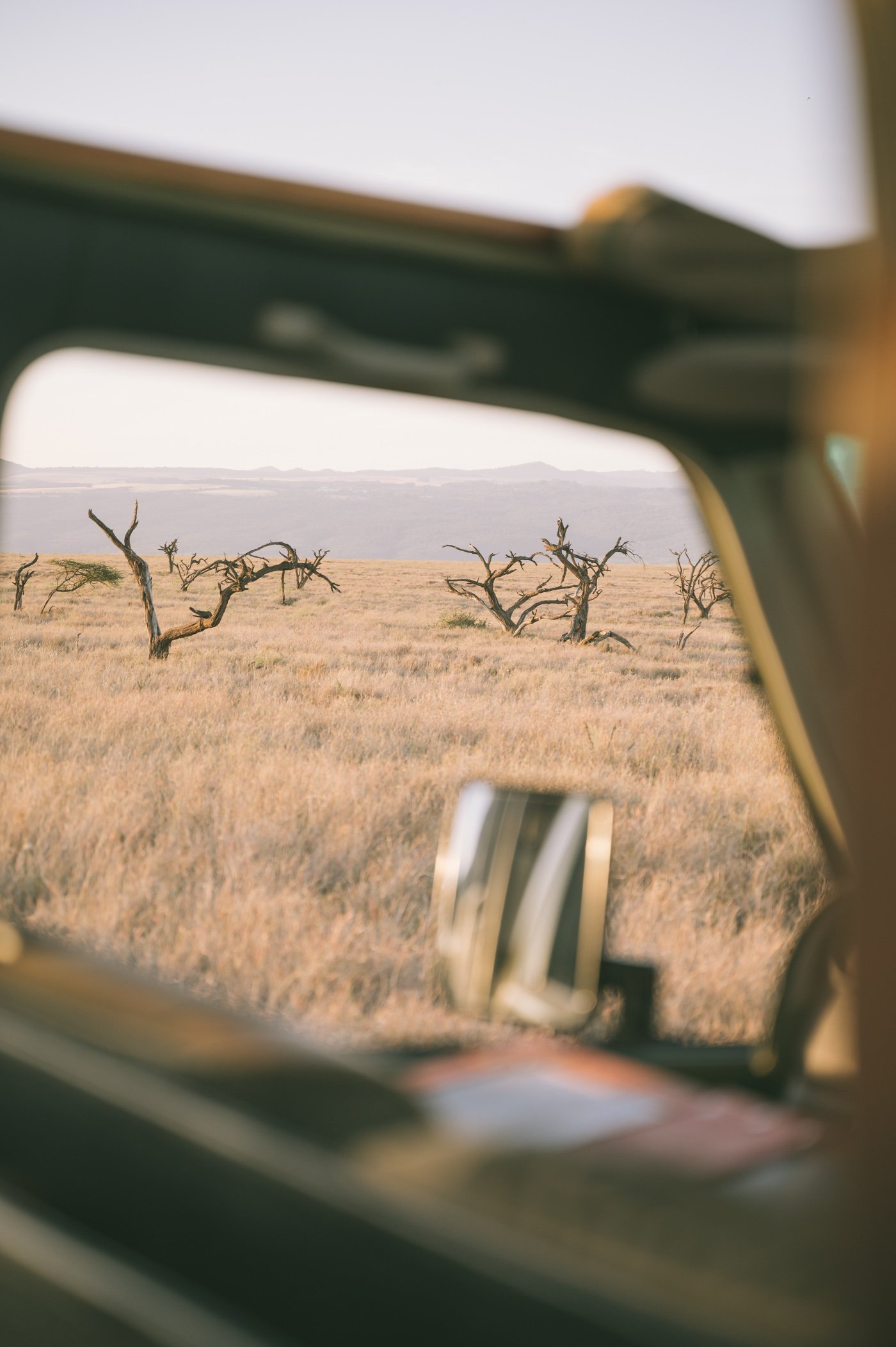
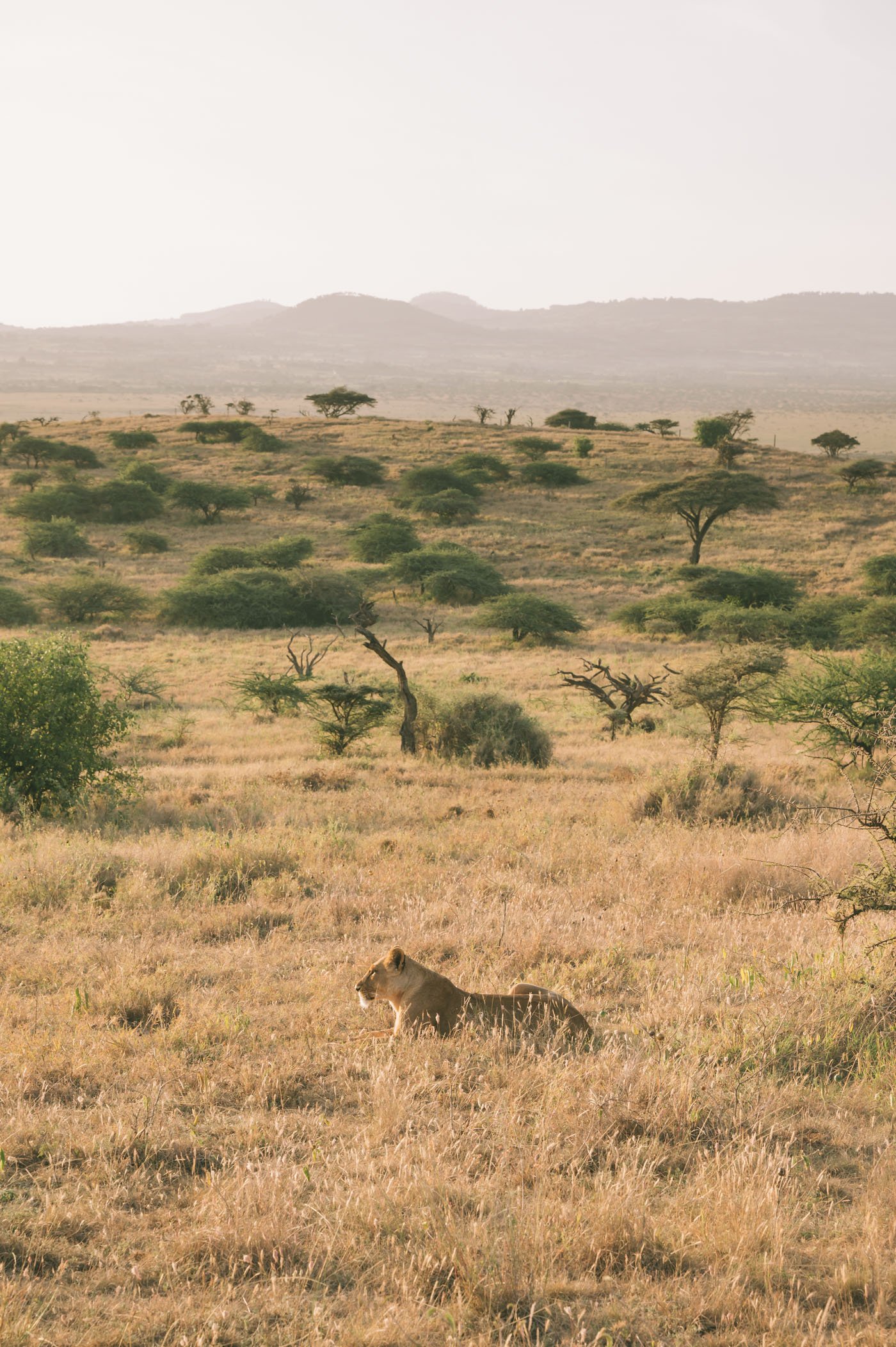
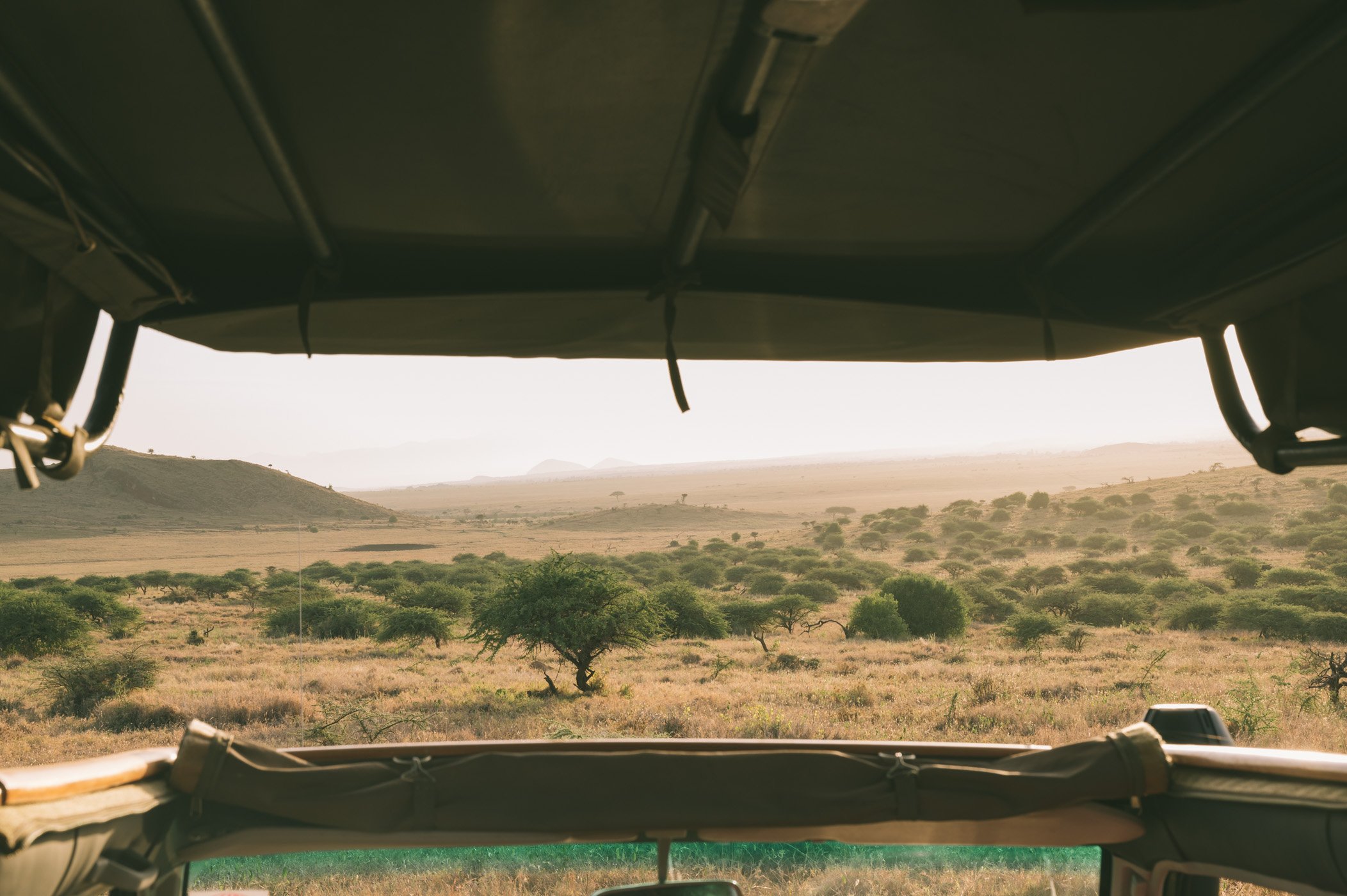 But there’s much more to Lewa – secluded wilderness, large predators and wonderful lodges.
But there’s much more to Lewa – secluded wilderness, large predators and wonderful lodges.
Lewa House: A long-stay safari home
Lewa House is one of those places, where you enter and are immediately engulfed in a familiar atmosphere. Much of this has to do with the iconic location, the organic-shaped almost fluid architecture, but most importantly with the family, that actually owns Lewa House. Sophie & Calum greet us at the entrance like we know each other for decades (even though the no-hugs policy of the pandemic is in effect of course) 😉 We sanitise our hands, get our temperature checked and off we go into the belly of the main house. There’s the fireplace and a comfy seating area and then it opens up to a lush green garden with views of the conservancy. Their horses roam the garden and behind the swimming pool a group of elephants assemble at the local water hole…
We’ve officially arrived in paradise.
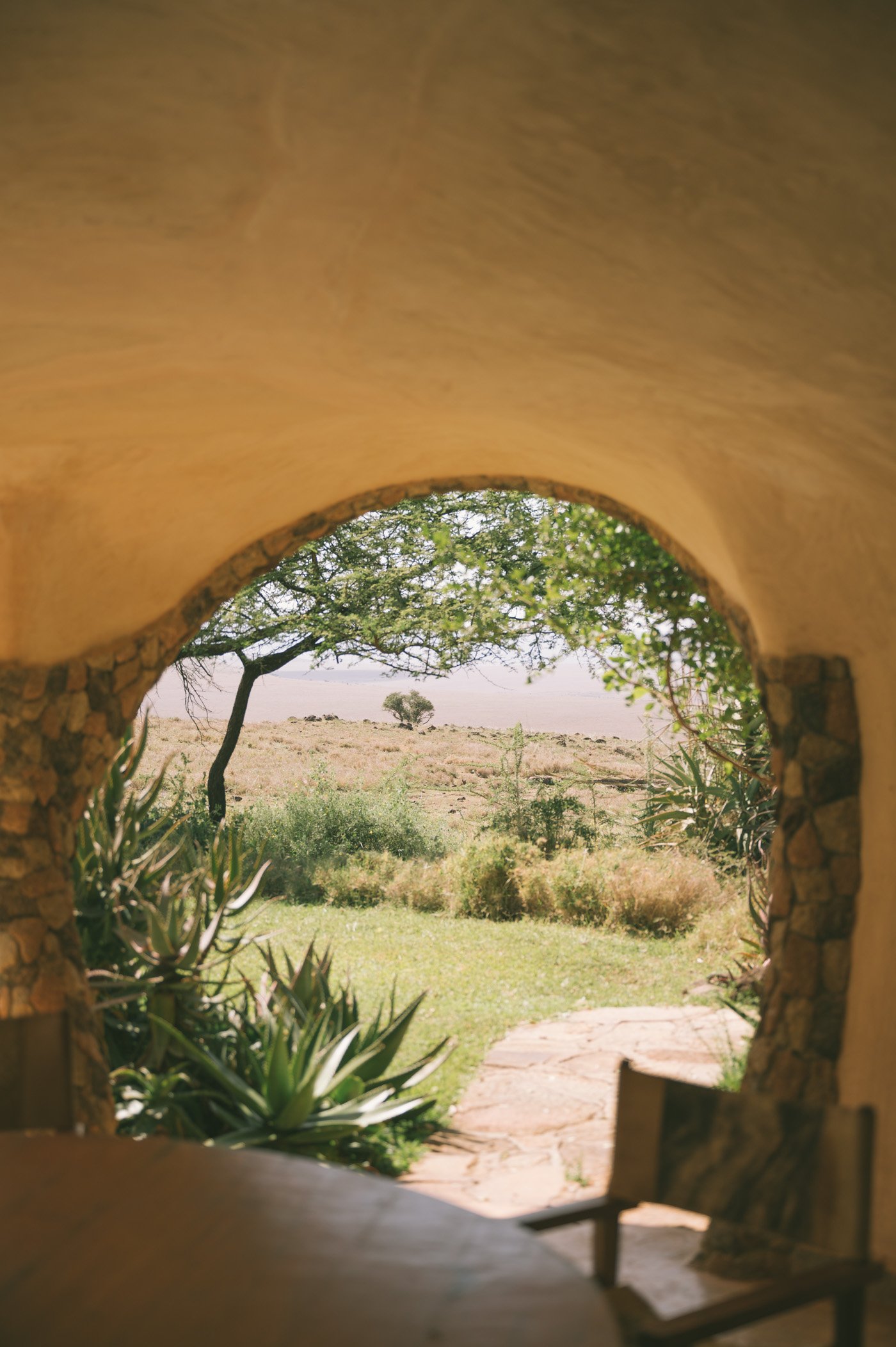

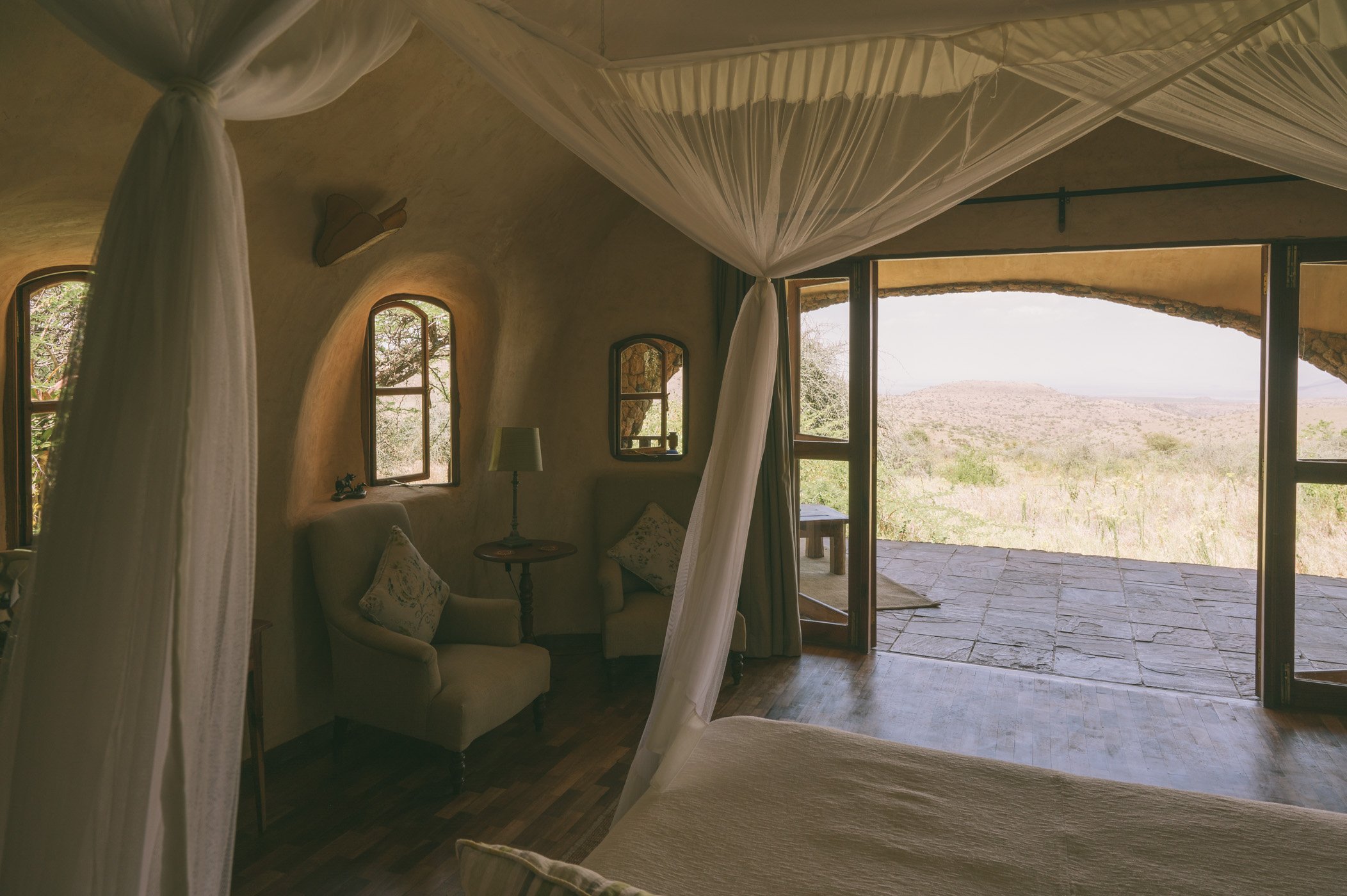 Lewa House sits atop a hill overlooking the conservancy from it’s organic shaped earth pods.
Lewa House sits atop a hill overlooking the conservancy from it’s organic shaped earth pods.
After a welcome drink we are guided to our room for the next two nights – one of the so called “Earth pods” at Lewa House. Their organic shape blends in seamlessly with the landscape and once inside you feel like in an airy, light-filled cave. The kingsized canopy bed looks straight across the wide Lewa plains into the sunrise, that can be enjoyed from the private terrace. Behind the bed a wooden door leads to the huge bathroom and another door opens up to the outdoor bathroom, with a large tub.
We decided right then and there that we fell in love with the safari home. After the two nights here we didn’t want to leave.
If you ever plan a long-stay safari, Lewa would be our number 1 recommendation!
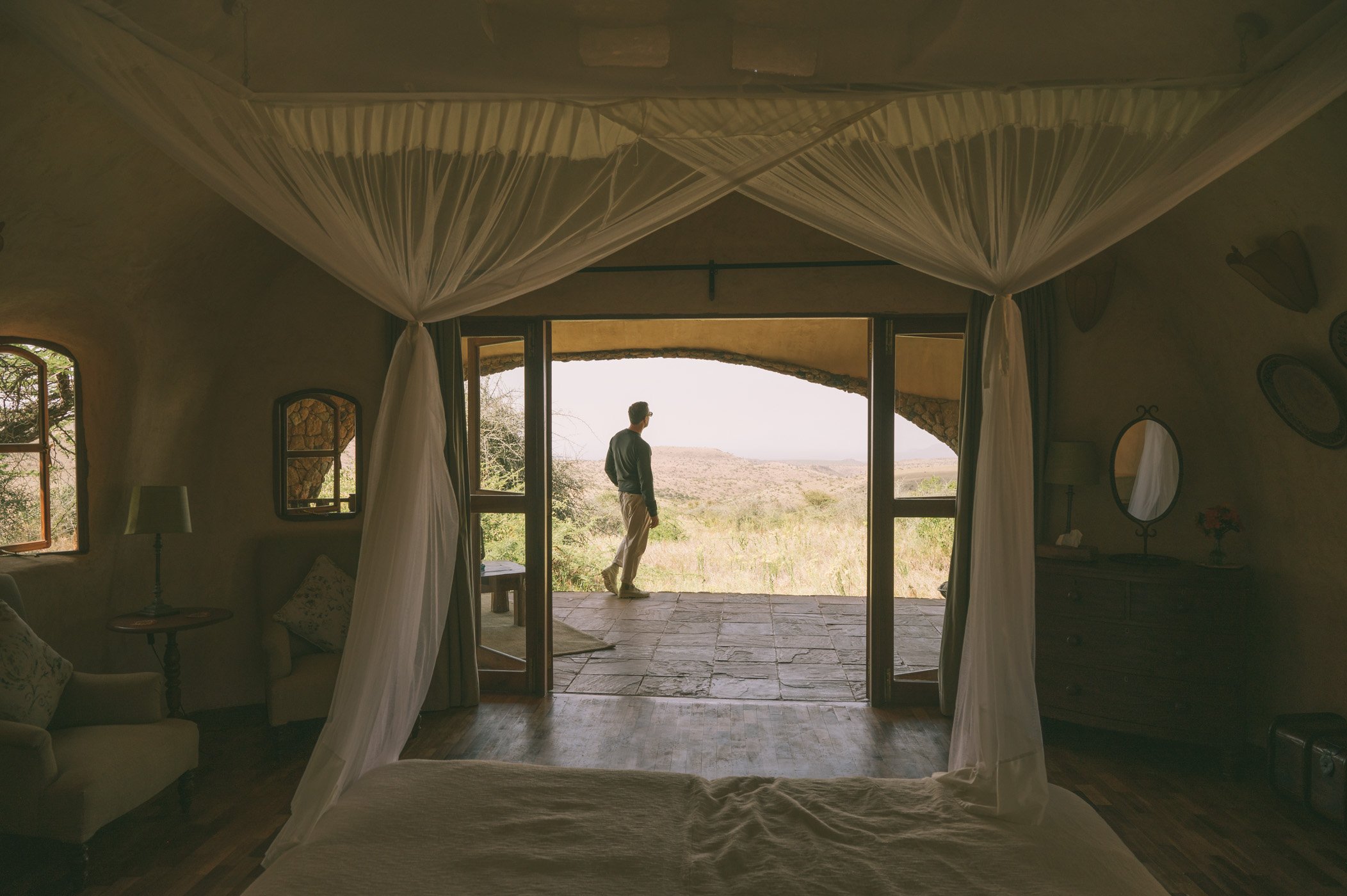 Everything about Lewa House creates an atmosphere, that lends itself for a long stay.
Everything about Lewa House creates an atmosphere, that lends itself for a long stay.
Lewa Conservancy: An international success story
After a thorough room exploration we meet Sophie & Calum for poolside lunch again. Lunch is a casual affair with beautiful local food and 90% vegetarian options. And then I make the “mistake” and ask Sophie & Calum about the history of Lewa House and the conservancy. Two entertaining hours later we leave lunch filled with the most incredible stories in our head. While Sophie’s has a couple of generations of family roots in Lewa, Calum moved here after he met Sophie while studying zoology in Scotland. Both of them can tell stories about Lewa, that create greater insight into the intricate network between tourism and wildlife & ecosystem conservation.
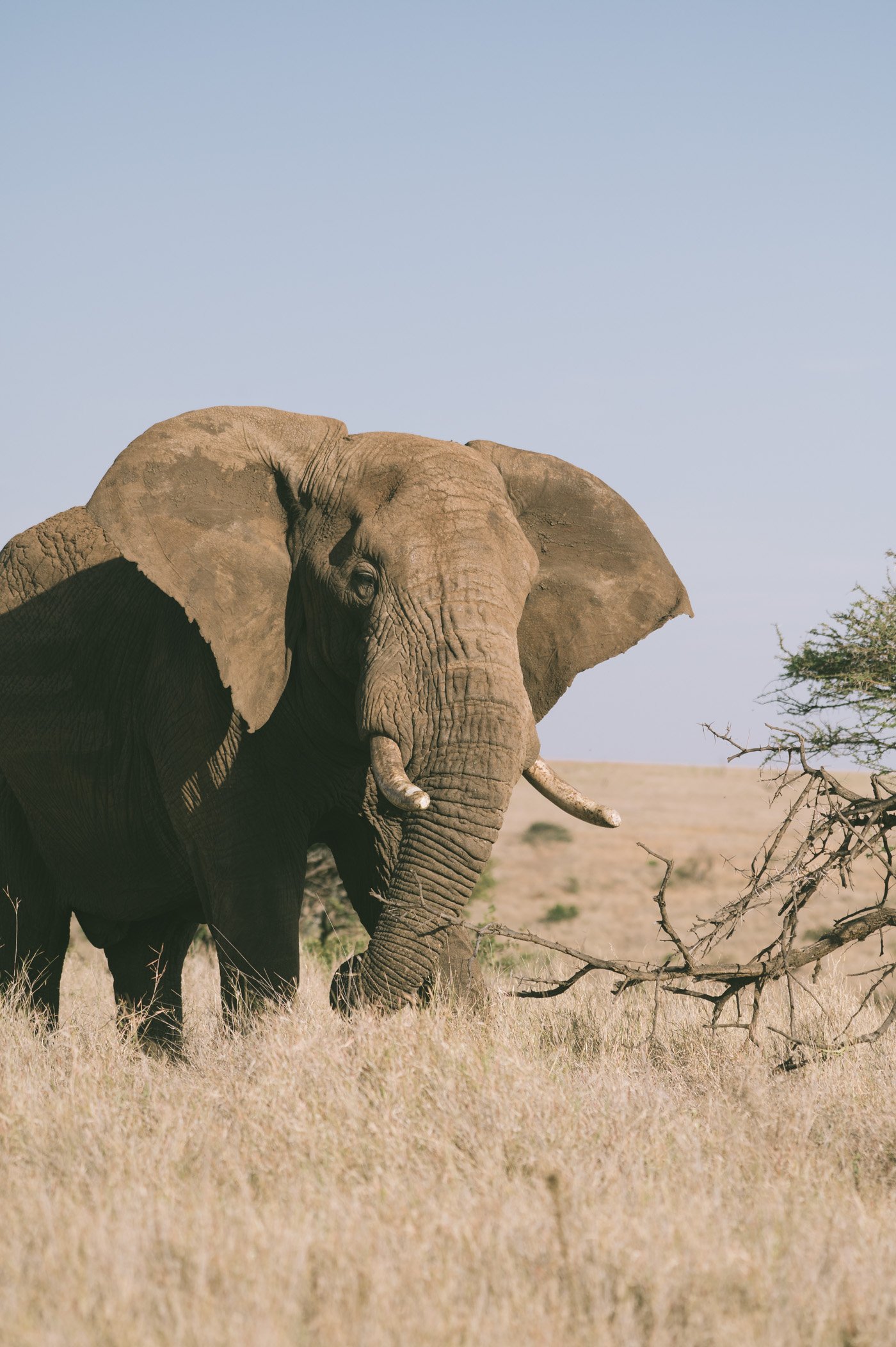
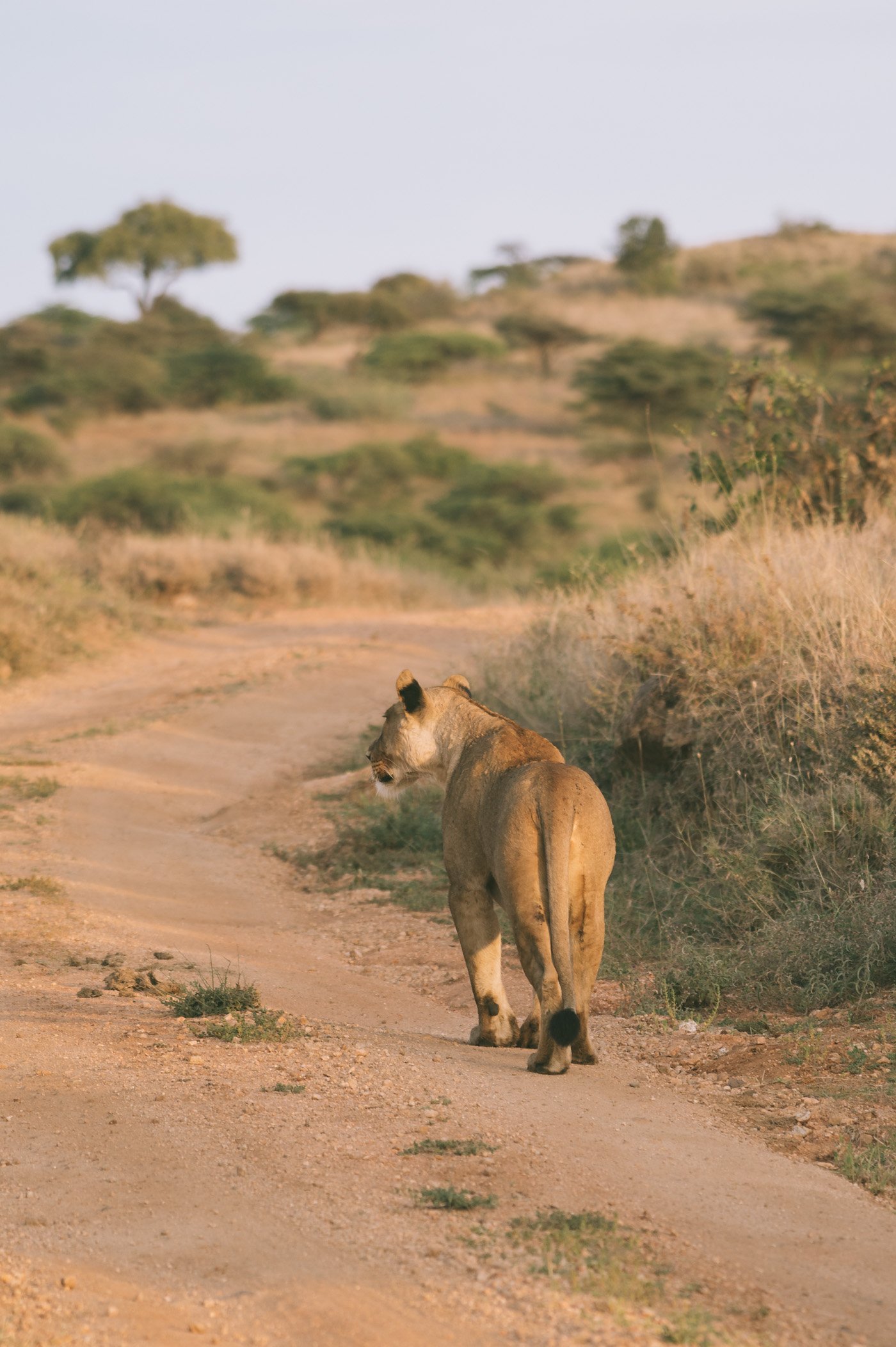
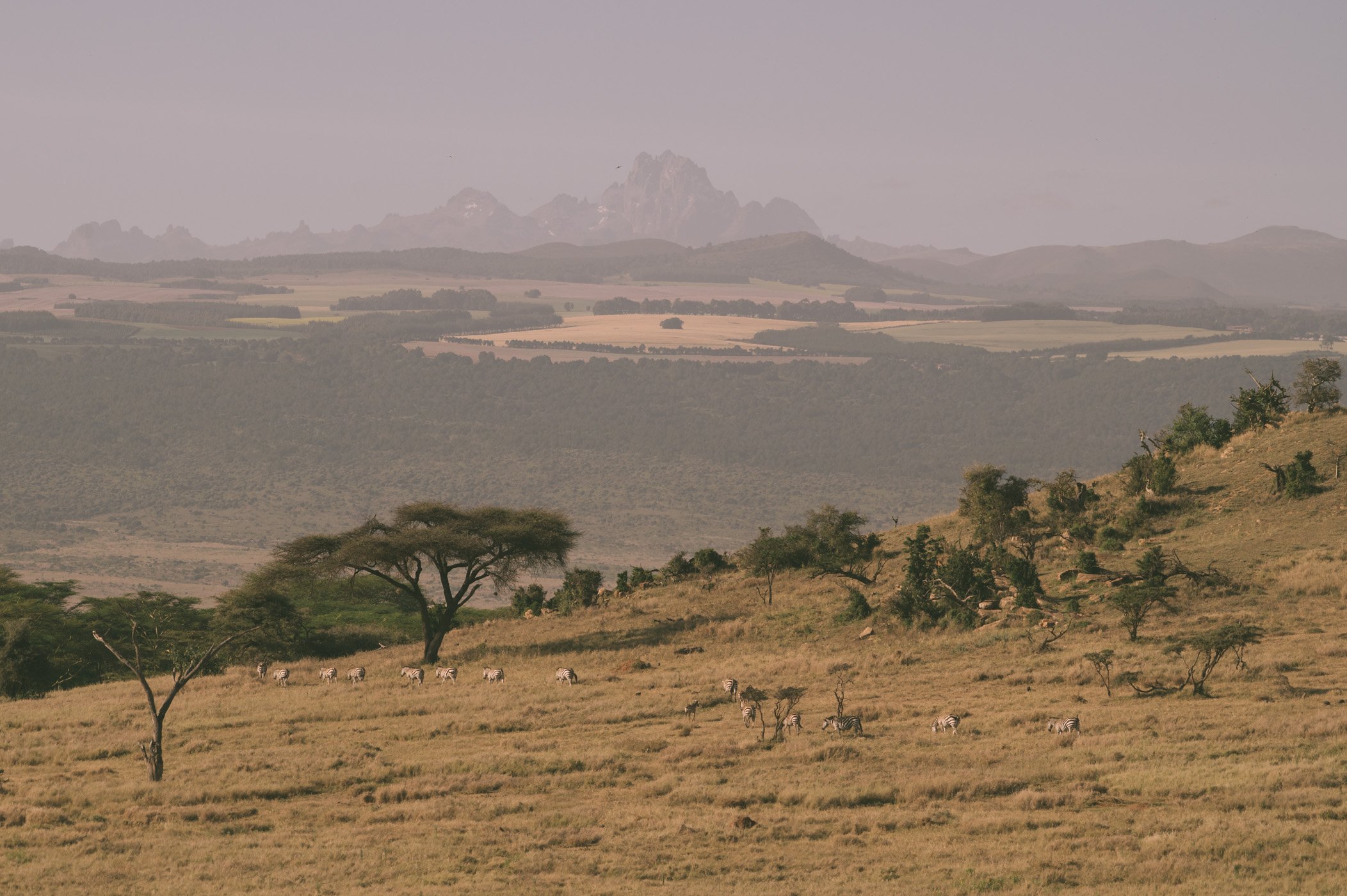 Mount Kenya peaks are visible from many parts of Lewa – and of course an abundance of zebras (plains and the rare Grevy’s zebra often mingle).
Mount Kenya peaks are visible from many parts of Lewa – and of course an abundance of zebras (plains and the rare Grevy’s zebra often mingle).
Lewa used to be a cattle farm, but then Sophie’s great grandfather decided to change things. With him the conservation efforts start at Lewa. Today the conservancy isn’t only a success story for the protection of wildlife, but also for community work and how to integrate all the aspects into a conservancy. People from all over the world now look to Lewa for guidance and come to visit to learn about their conservation model.
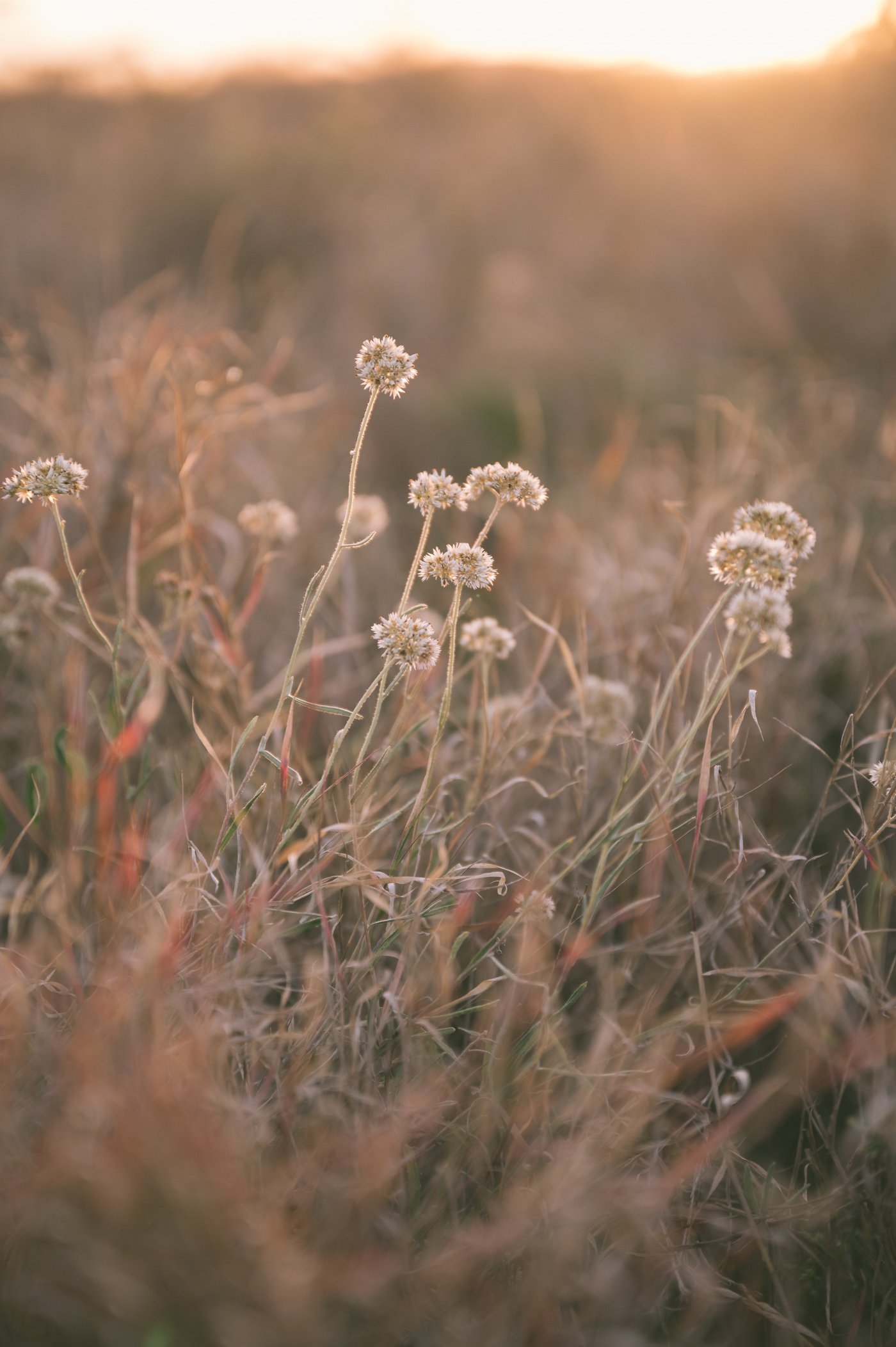
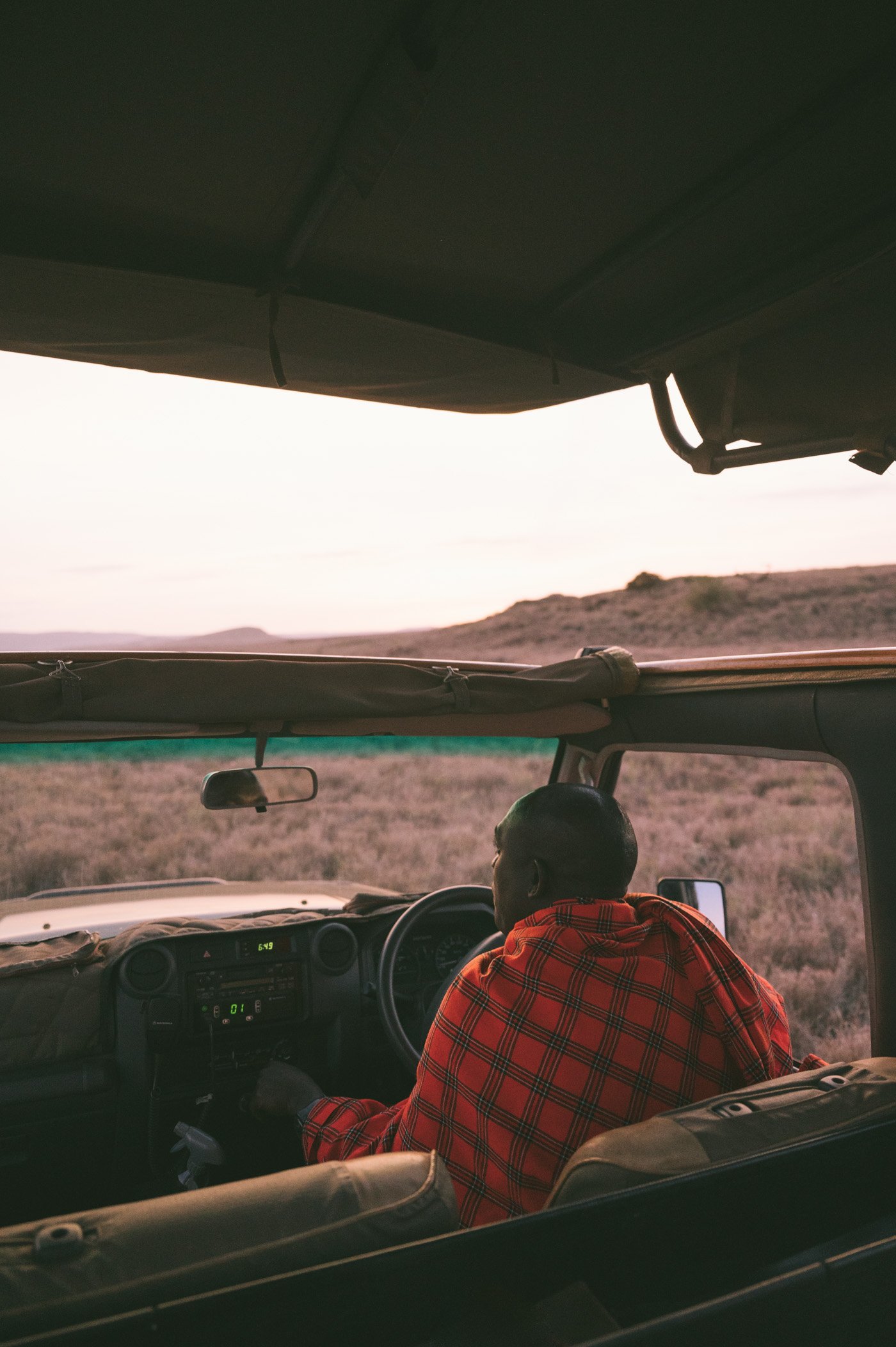
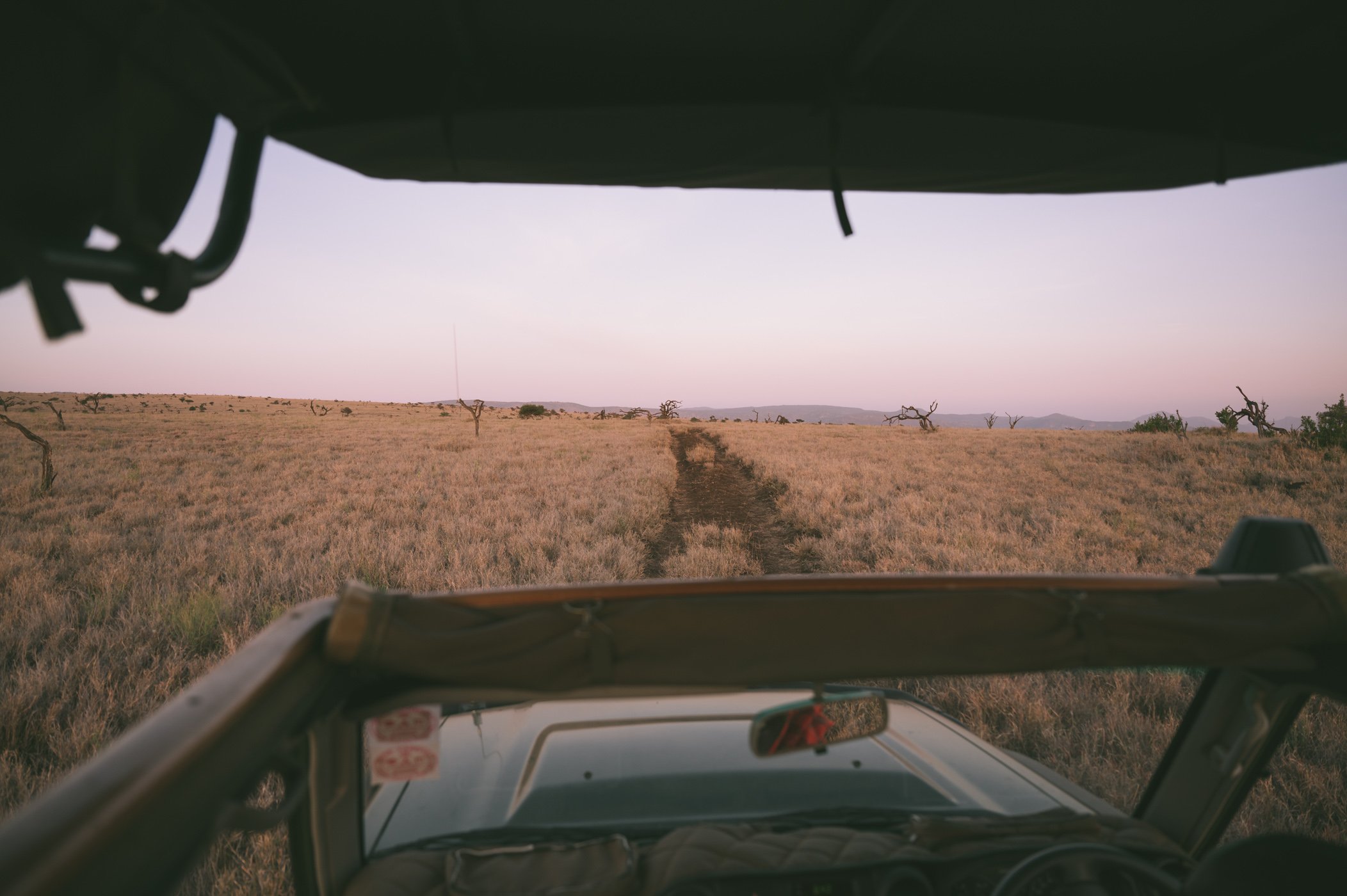 Lewa isn’t only an outstanding conservation story, but also simply stunning from a landscape point of view.
Lewa isn’t only an outstanding conservation story, but also simply stunning from a landscape point of view.
5 reasons why you have to visit Lewa
- White & Black Rhinos: There are over 200 rhinos roaming Lewa Conservancy and this makes Lewa a huge conservation success story, but one with a large effort as well. While a kilo of ivory brings about 1000 dollars at the black market, a kilo rhino horn can pay up to 50-60k dollars. And that’s the exact reason why protecting these animals takes up a lot of resources.
• - Conservation close-up: At Lewa you can get a chance to learn and witness these conservation efforts up close. We got to visit the Lewa Conservancy headquarter, where ranger Abraham introduced us to their routines – from tracking and monitoring to their foot & motorcycle patrols. One of the keys to success is also the use of dog patrols and we got to meet the ranger unit with one of their tracking dogs for a showcase of how they track poachers. This was one of the most illustrative insights we got into conservation so far.
• - Grevy’s Zebra: This endangered zebra species can only be found in small pockets in Northern Kenya and Ethiopia. At Lewa you will see them every day!
• - The Northern Five: Next to the Grevy’s Zebra there’s four more animals that together make up the Northern Five. The Reticulated giraffe,the beisa oryx, the gerenuk and the Somali ostrich can only be found in northern Kenya above the equator.
• - Archeological discoveries: As many of you know the cradle of humankind lies in East Africa. And it doesn’t get more tangible than here at Lewa. We got a private tour of one of the hand axe site with Calum, who explained the history of humankind here in an effortless 30 minutes. The various hand axe sites at Lewa are yet to be investigated in more detail by scientists, but this might change sooner than later. The treasure trove, that lies in these soils is incredibly promising!
If you plan on visiting Kenya, we can highly recommend putting Lewa on your agenda!
P.S.: Lewa is also the place where Prince William proposed to Kate Middleton – just in case you need another reminder why this place is so romantic 😉
How to get to Lewa
We flew from Nairobi’s Wilson airport to Lewa Downs Airstrip with Safarilink. On the way we made a short stop at Nanyuki to pick up other passengers. This helps keep the costs of the flights lower (when compared to private charters).
Good to know: The baggage allowance on these bush flights is only 15 kilos per person (including hand luggage – and this will be checked & weighed at Wilson Airport). With our camera equipment we exceeded the limit and each had 20 kilos of luggage for which we had to pay about 40 dollars extra. When the flight is fully booked it could also happen that they won’t take all of your luggage, so be really careful with overweight luggage!
- Lewa House
- Lewa Wildlife Conservancy, Isiolo, Kenia
- Starting at 930 US$ per person
- Includes full board, all activities, free laundry service, pick-up from airstrip
How to book your stay at Lewa House
We booked our Kenya safari through Austrian tour operator “Pinto Africa“, who specialise in sustainable, eco-friendly safaris. They always work together with local incoming agencies to provide a well-balanced itinerary, that also supports the local communities, small boutique owner-run lodges and conservation. In Kenya they work with “Bush & Beyond”, who represent all the lodges we stayed at (The Emakoko, Lewa House, Ol Malo & Tangulia Mara).

